I had a blast in New York City and was awed by the magnitude of the skyline!
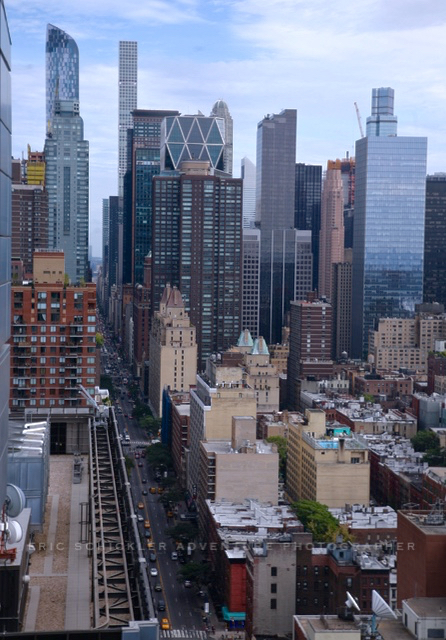
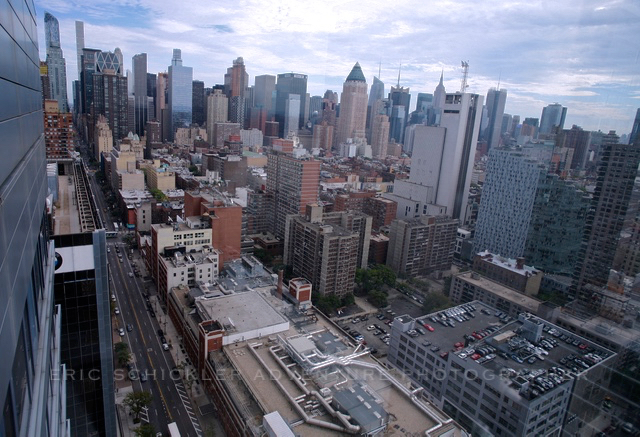
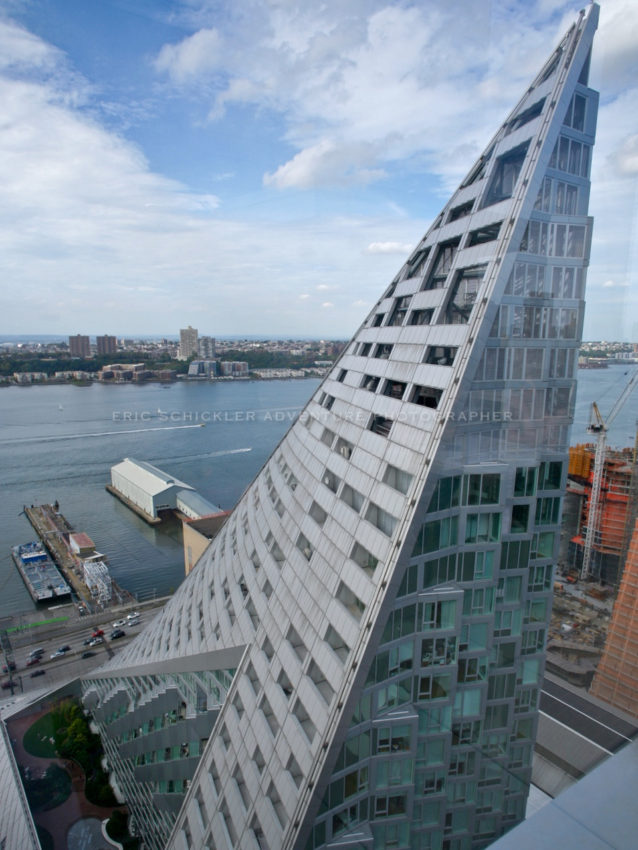


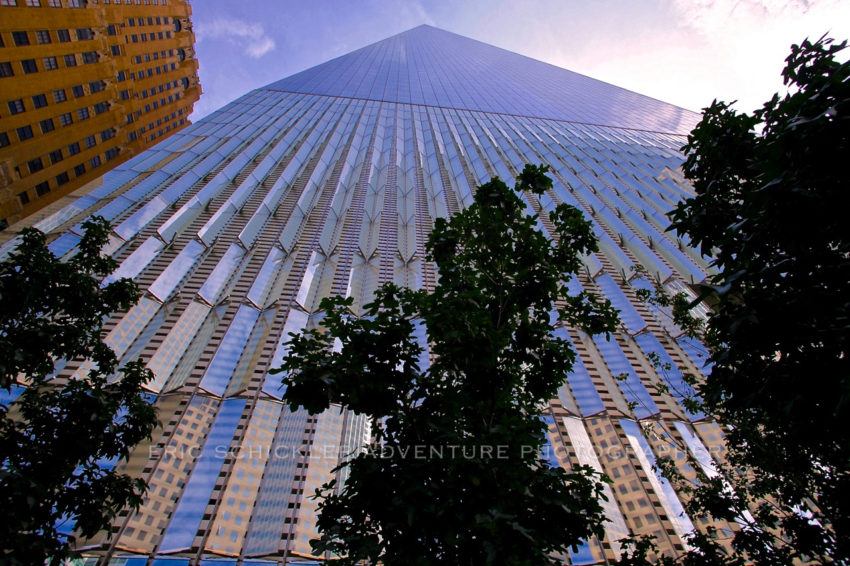
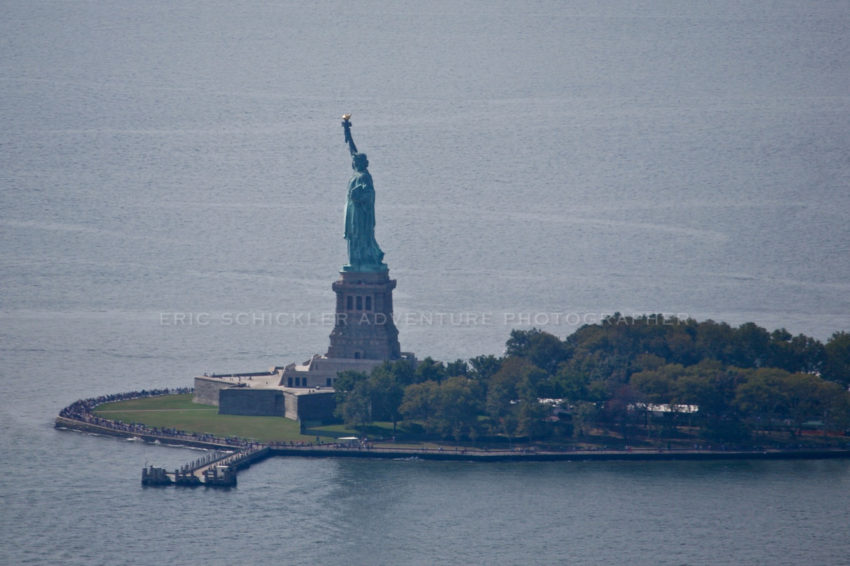
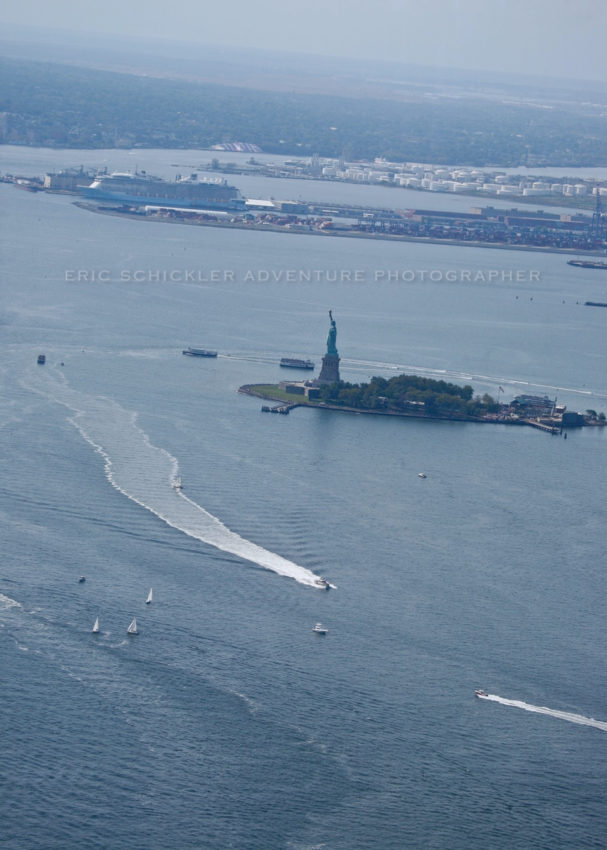

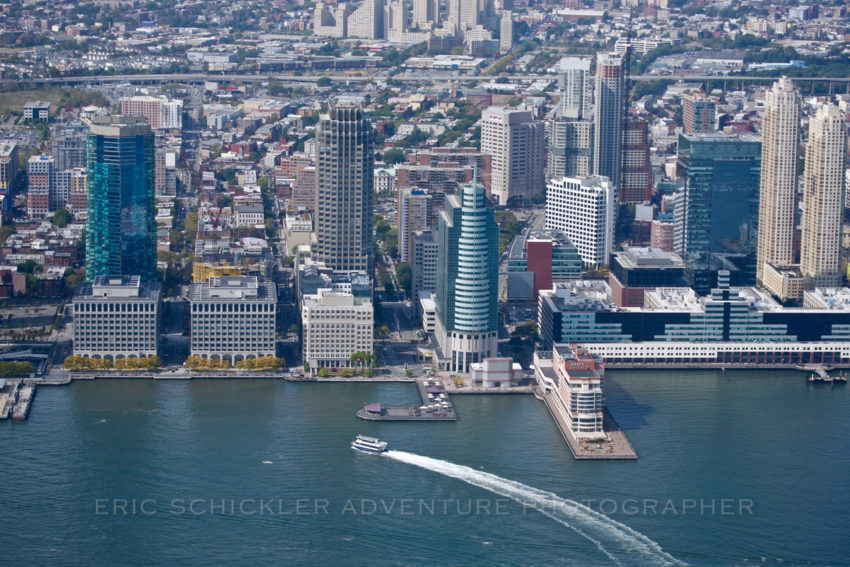


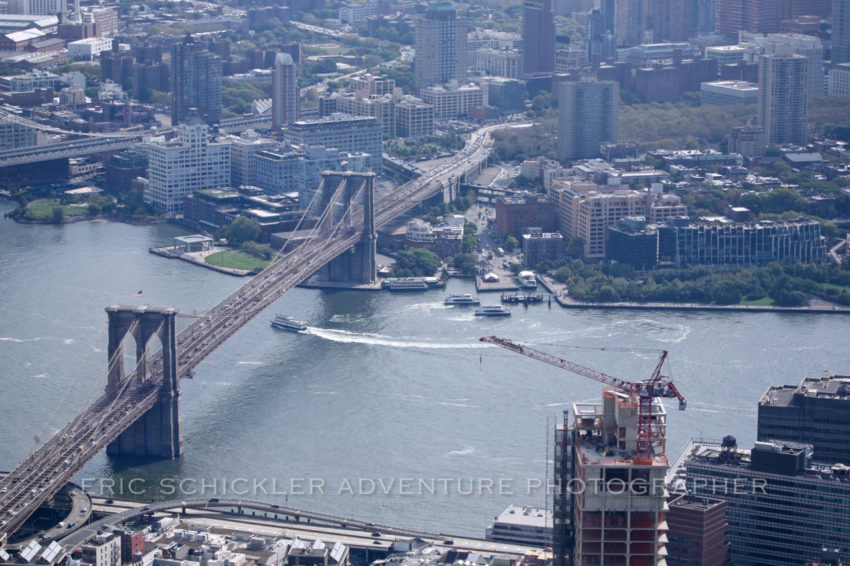
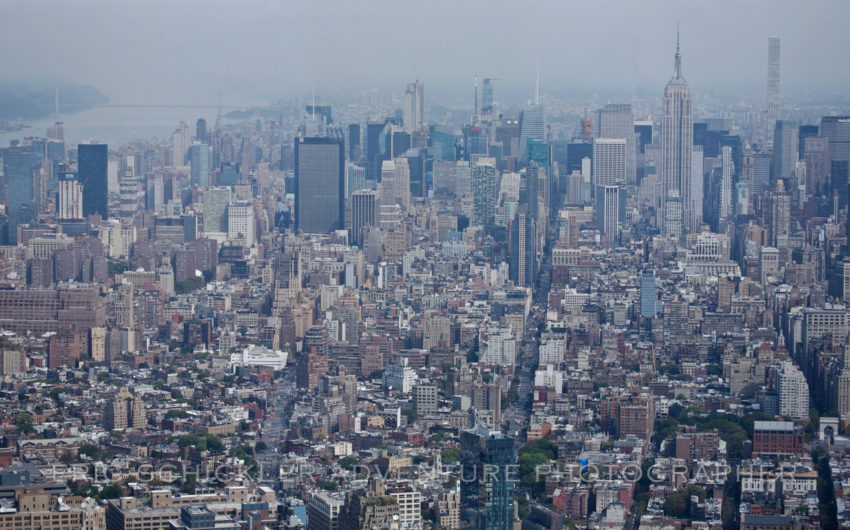
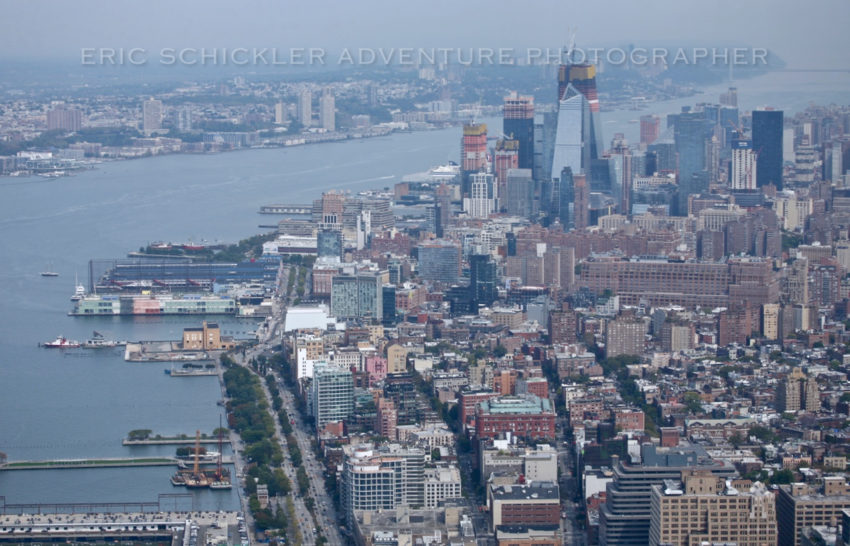
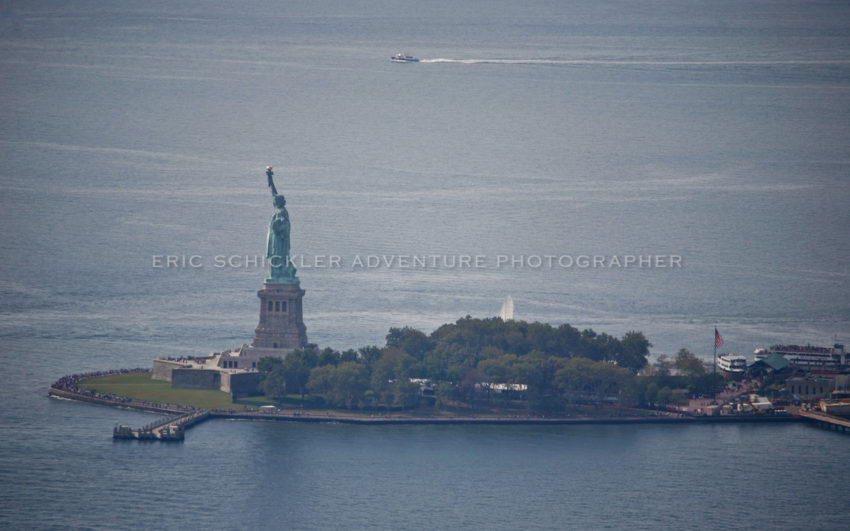


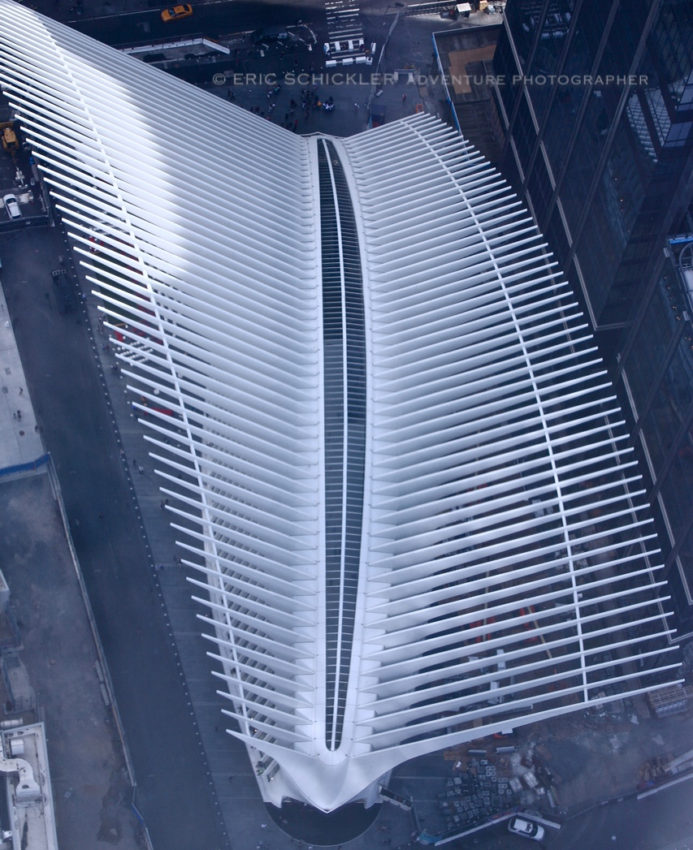
Adventure Photographer Eric R. Schickler
Let's Take It Outside!




















We’ve all heard the saying. “You can lead a horse to water, but you can’t make it drink.”
While that may be the case in many places on earth, in the cruel deserts of Africa, that rule goes right out the window. Firstly, you don’t need to lead animals in Africa to water. They will go there themselves, often at considerable physical expense. Secondly, they will drink (while watching their backs), and they will stay as long as that water remains.
Each year during the rainy season in the dense highlands of Angola, accumulating waters flow down into the forest valleys and replenish the Okavango River. As the river emerges into northern Botswana and reaches the flat northeastern regions of the expansive Kalahari Desert, the river fans out like a vast tree-root system and forms a huge delta.
This great wetlands is created because a barrier fault line at its southern edge halts any further advancement of the river. Aerial and satellite images illustrate this remarkable aquatic footprint in Botswana.
The renowned Okavango is a rich ecosystem that becomes a mecca for countless animals during the dry season as they escape the heat and parched landscapes of the Kalahari. The lure of this moist refuge creates the largest annual movement of animals on the planet! And in October 2007, we were lucky enough to be part of their welcoming party.
Because the rainy season waters take so long to flow the 315-mile distance from Angola, they arrive in the Okavango during the early months of its dry season (May to July), creating a delayed blossoming of moisture in an area that dries up months earlier.
 At its largest, the Okavango’s flood area swells to over 9,300 square miles (the size of New Hampshire.)
At its largest, the Okavango’s flood area swells to over 9,300 square miles (the size of New Hampshire.)
The Okavango is an oasis for trees, plants, fish, reptiles, birds, amphibians, mammals and the lucky few designated human visitors who can access it on reserved safaris. And the only real way to access it is via small aircraft.
Getting there by plane is half the fun. We were transported there by two rather young, fun-spirited pilots on a six-seat Cessna 206 (called “the Workhorse of the Okavango” for its non-stop ferrying of visitors in and out of the region).
They sure knew how to adeptly float the rising thermals of the African bush. At a comfortable and scenic flying altitude of just 4,000 feet, you can see hippos and elephants below as they migrate to water sources along hippo channels and trails.
Once you get to the Okavango, be ready for the experience of a lifetime, one that few will ever experience. This area is pristine, isolated, and unmatched anywhere on the Dark Continent. There are only a few remaining unaltered wilderness areas in Africa. This is one of the best. Safaris don’t get any better than this. No wonder Okavango visitors rarely offer a bad review of any visit. They get what they pay for, which is a good thing, for the price is not cheap.
Guests at the various camps are strictly limited in number by government regulations. This not only keeps the vast safari concessions areas from being overrun by crowds and vehicles, it guarantees guests an exclusive, incomparable wildlife experience.
The average guest density in the Okavango Delta is just one person per 26 square miles. Some of the very popular safari locations in other areas of Africa, particularly Kenya, can average 40-50 guests in the same size area.
Pom Pom Camp, our destination, is set in a beautiful location on a peninsula overlooking a year-round lagoon in the Nxabega Concession, on the western side of the Moremi Game Reserve.
After touching down on a dry, rudimentary landing strip in the middle of a wet, remote nowhere, my wife Ana and I immediately bathed in the mystique and delight of this location. It was so obvious we were deep inside Africa, and nobody was going to hear from us for several days.
This camp offers an excellent mixed safari experience, where visitors get up-close and personal with game via mokoros (wooden canoes), land vehicles, and motorboats when waters are high. Some limited-range walking safaris are possible, with ample gun support, of course. Night safaris are an added treat, and bring guests into the mysterious world of nocturnal wildlife.
Keeping with the government’s intent to limit visitors, Pom Pom Camp offered just
ten tents, an open-air thatched-roof main lodge, and a few support buildings. We were thrilled to learn on our first two days that just two other guests, sisters from Australia, were at the camp. Things got a bit busier when the “throng” arrived the next day — another dozen guests. There were more staff than guests, so every need was met in assuring a splendid visit.
With gasoline-powered generators serving as the only power source, and Cessna supply drops as the only way to stock it, Pom Pom Camp was nevertheless quite luxurious. Many of the male staff carried pistols, and powerful rifles during safari rides, for obvious reasons. Keeping guests alive and safe from predators was their first and foremost concern. Exquisite food and drinks came second. Should these guys fail in their primary mission, the food and drinks would just go to waste.
It wouldn’t be long before we understood exactly why senior camp attendant Seretse would tightly zip our tent flap at night and remind us that “under no circumstances shall you leave the safety of the tent and venture off in the dark. Should you forget this warning, it might be the last time we see you.”
We found this rule to have profound value, and willingly obliged. So Seretse found us safe, secure and well-rested in our tent each morning when he woke us at 6:30. “Knock-knock,” was his gentle introductory peep. If we were hesitant to stir, he’d repeat, a bit louder. “Uh-hmm. Knock, knock.” This struck us as extremely funny, as there was no wooden door on our tent (obviously), so he found it effective to just speak out the sound.
“Knock, knock. Good morning. Rise and shine. Your coffee is waiting ….. and so are the animals.” We’d poke our heads out from our comfy pillows, and see Seretse’s brilliant grin through the mesh. It was one of the many bright smiles we would see at the camp, and at other stops in Botswana and South Africa. The people appeared full of joy wherever we went.
The juxtaposition of wilderness, wild predators and cushy accommodations was almost humorous. There was a hippo grunting in the muddy water just 20 yards from our tent, and leaving his messy droppings even closer when he roamed around the tent at night.

But inside our tent we enjoyed flip-on lights, high thread-count bed sheets, a cherry-wood bureau, a full bathroom and private open-air shower. The fresh-cut, fragrant flowers were a well-intended nice touch, but let’s just say the hippo droppings won out in the olfactory competition.
The daily pace and environment was generally slow, quiet and relaxed around camp. The excitement happened during our twice-a-day game drives. Cocktail happy hours were very popular with guests, at the quaint camp bar in the afternoon and late evening, around the dipping pool during the mid-day heat, and also out in the bush while stalking game just before sunset.

Our guides, Seretse, Ben, Vasco or Peter, would stop the vehicle and pull out the happy hour supplies: a small table, a festive African tablecloth, snacks, spirits, wine, beer, even ice cubes. When all was set up, and a scan of the area for predators was done, our guides would flash their big bright smiles and announce: “Time for a “sundowner.” Fortunately this relaxing social event was never upended by an unexpected raging animal.


The episode that follows starts out as a storybook African vacation experience, the setting painted through this introduction. But the story quickly turns into the startling reality of being face-to-face with one of Africa’s fabled Big Five predators, with practically nowhere to hide.
We had returned to our fortified tent to relax after a busy morning of game rides out in the African countryside. We got our money’s worth on the very first tour: spotting fish eagles, king fishers, birds of all kinds, exotic frogs. We saw ridiculous numbers of wildebeest, giraffe, baboon, zebra, hippo, warthogs, crocodile, waterbuck, kudu, warthog, impala, and a variety of antelope (including roan, sable and sitatunga).
Then there were the animals you didn’t want to meet up close: predators like lions, cheetahs, leopards, hyenas, cape buffaloes and wild dogs.
Ah yes, and one more. I almost forgot. (No I didn’t.)
I will never forget that other dangerous species, which commands the greatest attention because, well, they are rather hard to not notice. And because one of their bodacious centurions left a big impression on me and all the others at Pom Pom Camp.

We were off the safari truck and relaxing back at camp, but the animal interaction was far from over. It was all around us at the camp. Hence the necessity for gun-toting escorts to and from our tent and the main lodge each evening.
As we lounged in and around our tent on that warm lazy afternoon, off in the distance in the delta waters, right there in our own slice of solitude, emerged a very large bull elephant. He was rummaging through the delta, slowly making his way toward us as I watched, amazed. He was doing what male elephants routinely do in Africa: soak themselves in the water and the mud, show off and generally express their macho dominance and authority to the hapless camp guests. It was his opinion, and a correct one, that we were new to the camp and needed to learn whose playground we were in.
As a photographer, this was the most wonderful scenario I could imagine. We spent four hours on our morning ride, several miles from camp. We saw plenty of wildlife, but it required plenty of driving around looking for those animals, and me training my long camera lens in the distance for the photos.
But now here we were, just hanging out at our own little tent-side oasis, enjoying cold drinks after taking cool showers. I was still clad in a towel on our deck, facing the delta, not too concerned about the dress code here deep in the African bush, when I spied him off in the distance.
Running for my camera gear, I nearly lost the towel twice. Fortunately, my wife, our local hippo and this beast were the only living creatures with a view. Needless to say, modesty was not an issue at this point.

After bathing and spraying himself in mud and generally showing us that this was his own private muddy bathtub, the elephant resolutely decided bath and shower time were over, then matter-of-factly turned on a dime, looked directly at me–the tourist photographer–and rambled my way. Rather resolutely. Rather directly. Even from this distance–some 250 yards–I could see he was staring me down.
Ana was in the tent doing something, perhaps writing some postcards. I set the camera down on the table, and issued my first “Elephant Approaching!” warning of my life.
We retreated quickly to the tent, hoping what camp manager Niles said was true, that the elephants won’t attack you in a fortified tent.
We found the exact epicenter of our shelter, believe you me. And we stood there, kind of holding each other, hearts pounding, adrenaline pumping, and beads of sweat emerging on our foreheads. We waited to see if that monster was going to crush our meager dwelling, and us with it. Please, no. We just got here. The postcards aren’t even written!
Then he moved insanely close to the tent–just ten feet–and walked slowly alongside it. With our breathing in suspension, our eyes followed four tree-trunk legs as they lumbered past the windows of the tent. All we saw were knee caps and calves, as we stood motionless with our hands over our mouths.
Fortunately he was more interested in munching on the tree branches next to our tent than on us. We scrambled to the back of the tent to the open-air shower, and from there saw the top of the beast. We felt great relief as he ambled away from our tent and down the camp trail.
We dodged a very big four-legged, one-trunk, two-tusked bullet, and congratulated each each other on the fine African adventure we had just survived. Then it dawned on us that he was now heading toward other tents and the main lodge. We sensed that other guests were about to get their own rush of adrenaline. Or something worse. It was now obvious we were just the first stop on his afternoon rampage around Pom Pom Camp.

Keeping a safe distance, we followed him toward the main lodge to alert the staff. The pesky pachyderm disappeared somewhere, so we figured the scare was over and we headed to the dipping pool for relief from the hot temperature and the burning excitement. Sipping cool drinks, in cool water, we marveled at this surreal experience, and blood pressure returned to normal–for all of 15 minutes.
Then suddenly he was back! I dropped my jaw and my drink as he sauntered just 15 yards from us, along the path on the other side of a ridiculously flimsy (ergo, useless) fence around the pool. I pondered how its ornate, decorative woodwork might merely serve as a quaint frame around our trampled bodies. “This is insane,” Ana yelped.
Amazingly, the elephant ignored us, more concerned about those yummy succulent upper branches on the nearby tree. The camp manager screamed a few choice African obscenities at the beast, angry that the nearby foliage was progressively diminishing as the tourism season wore on.
A woman visiting from Paris was cursing at the beast in French, (I’m not sure what language the elephant preferred) and she screamed something to the likes of “Holy Toledo, Pierre!” at her husband, who was oblivious, butt-naked and vulnerable in his tent’s outdoor shower, just steps away from the uninvited monster.
“Pierre, Pierre, Pierre… get out of there!” she screamed. Then I think she said: “EXIT-vous, tout-suite, tout-suite, you idiot. You are going to get trampled to death!
E-L-E-P-H-A-N-T!”
It was such an elegant, righteous accent, sounding a touch romantic, as only the French can sound, even when they are cursing. I thought Pierre was about to lose his towel too.
Shortly thereafter, I decided I’d accompany the camp manager, Niles, and another guest, Summer, a very nice young woman from Australia, to her tent to fetch her bags. She was to hop the puddle-jumper Cessna in an hour, headed to another tent camp a few hundred miles away.
I knew the elephant was over near her tent, and I grabbed my camera equipment hoping for yet more photos of the camp tramper. I remained in the Land Cruiser when Niles and Summer went to get her bags. Suddenly it was way too quiet. And I felt alone. By golly, I was alone. And awkwardly vulnerable, and feeling silly in very rear seat of the multi-seat safari Land Cruiser, nervously waiting longer than I wanted. “Where the heck are they?” I mumbled.
Then my thoughts turned to the beast. Where was HE ?
Suddenly, I heard screams and shrieks emerge from the tent, then saw two of the camp staff ladies, clad in their proper African camp garb, running for their dear lives…like their pants were on fire. But they didn’t wear pants. I’ve never seen ladies in African dresses run faster in my life. Wait, this was my FIRST time in Africa–I had NEVER seen African woman run, period. They were screaming and running and fluttering their hands like NFL officials at a playoff game. It was the kind of evasive action people take when they come upon and disturb a bee’s nest. I wondered, “Holy moly, what’s going on now?”

With the ladies long gone across camp grounds, I peered back over to the tent where Niles and Summer had disappeared.
Then the bushes started rustling and out of nowhere came the giant, with all due haste. He was snorting and thrashing and moving faster than a locomotive, and he was looking at me–again. Dammit.

Never in my life have I felt more raw emotions at one time. Despite the eye-popping emotions, and the realization that my life was just about over, I fell back on my photographer’s instinct and reached for my camera.
What a shot this would be, I mused. And sure enough, that’s all I had time for–ONE SHOT. I tossed the camera aside and looked at the driver’s seat, three seat rows in front of me. Then ominous dread befell me. It is my time–RIGHT NOW–my time to quickly learn how to drive like a postal delivery dude, because this vehicle had a right-side steering wheel!
Are you kidding me? How the hell do you drive from the right side? And what a time to figure it out. Too late, he’s getting really close. Time for Plan B. I recalled Niles telling me that elephants will usually avoid coming right up onto a truck. Usually? Heart pounding, I trusted in ol’ Niles and chose plan B.
I jumped into the middle seat of the Land Cruiser so I’d have a sporting chance of not dying as quickly when the humungous steamroller crushes or rolls the vehicle, or simply gorges me with his huge tusks as I try to protect my expensive camera gear.
It was just like the cliche cartoon where a dynamite stick fuse burns down, and the poor fool stuck next to it sweats and says his final “Hail Mary.” I prayed to every god there ever was–the one I believe in–and all the African gods too.
And then he swung his trunk around a final time, snorted again, and–thank you African gods–stopped abruptly just 15 yards from the Land Cruiser. When the dust settled, I swear he winked at me, laughed at me, and made a right turn toward some delicious trees in the distance.
A few minutes later, still gasping for breath and thinking about the sudden need for a pacemaker, I noticed Niles and Summer gleefully skipping toward the truck with her luggage.
Niles threw the bags on the truck, started it, and glanced over his shoulder. “Sorry we took so long. By the way, did you see that elephant?”
“What elephant?” was my reply. Then I laid down across the back seat, hands over my face in stunned disbelief at all that had transpired in the past two hours. “Can we start happy hour a little early today, Niles?”

________________________________________________
Pom Pom Camp Web Site: http://www.pompomcamp.com/
Pom Pom Camp Photo Gallery: http://www.pompomcamp.com/gallery.php

The author and photographer, safe for now in the comfort of the safari truck. Until the next predator arrives.

If you liked this post, check out these Africa photo posts:
Africa: Botswana & South Africa Part I
Africa: Botswana & South Africa Part II
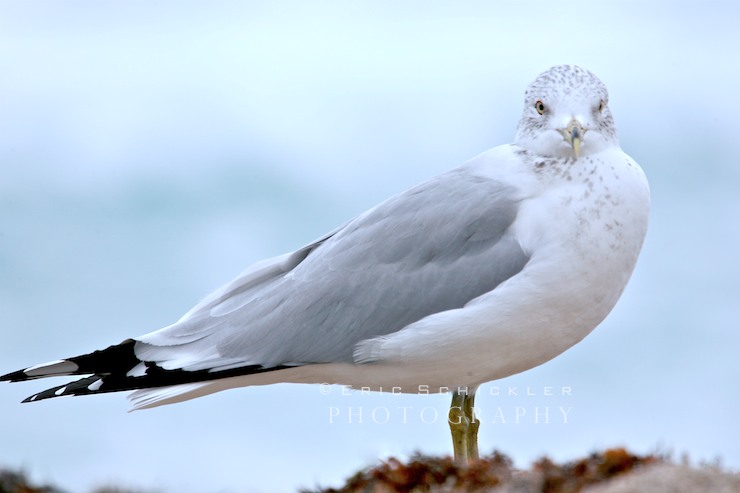
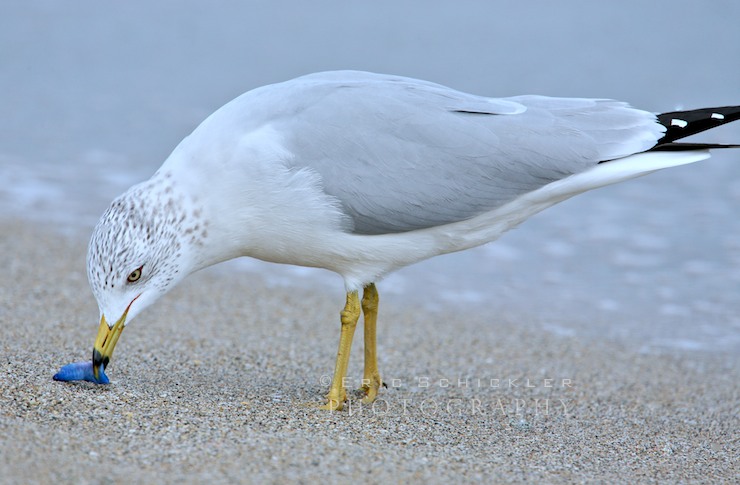
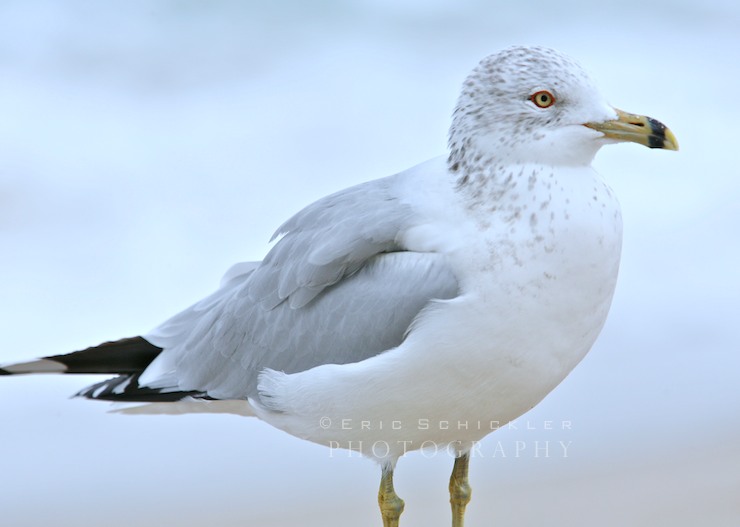
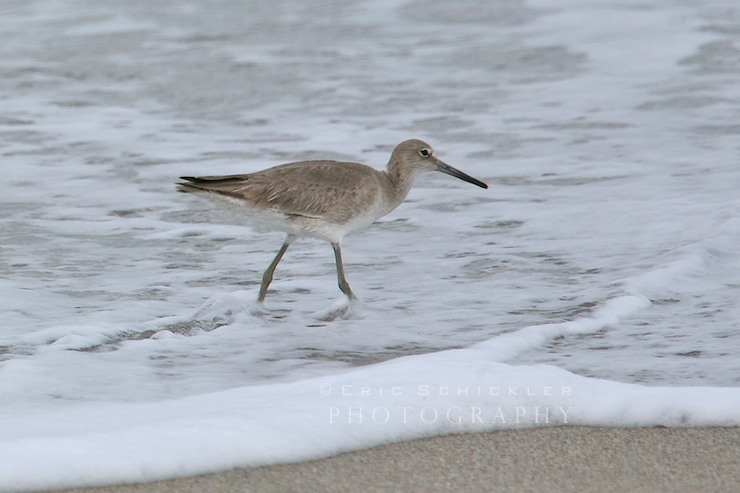
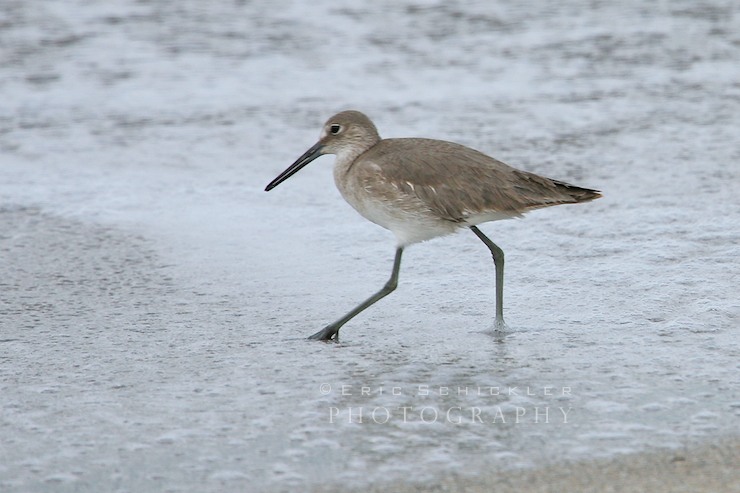
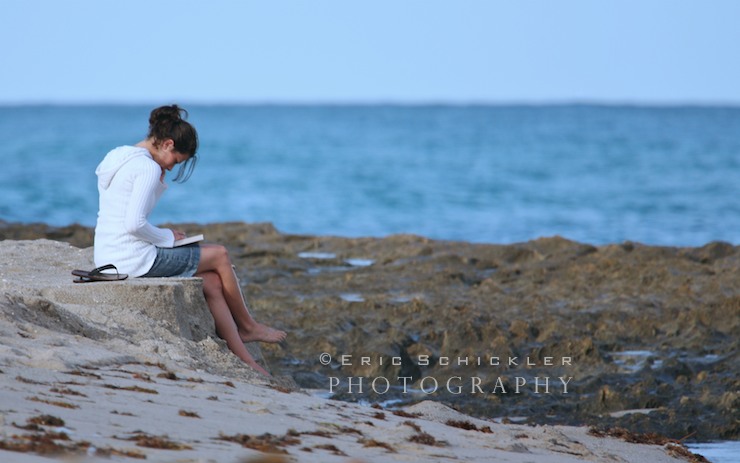
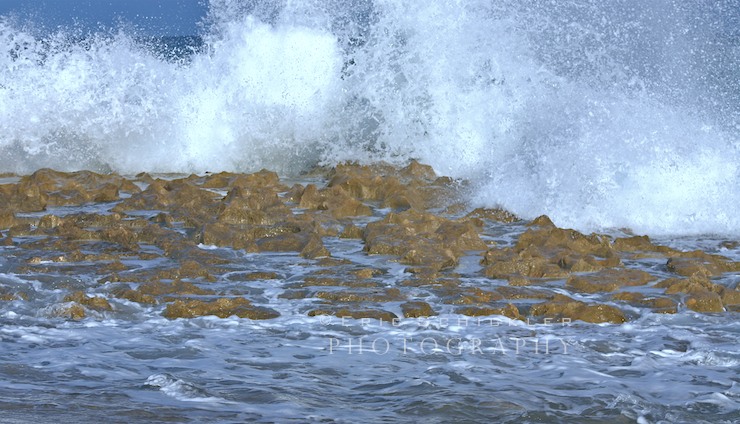
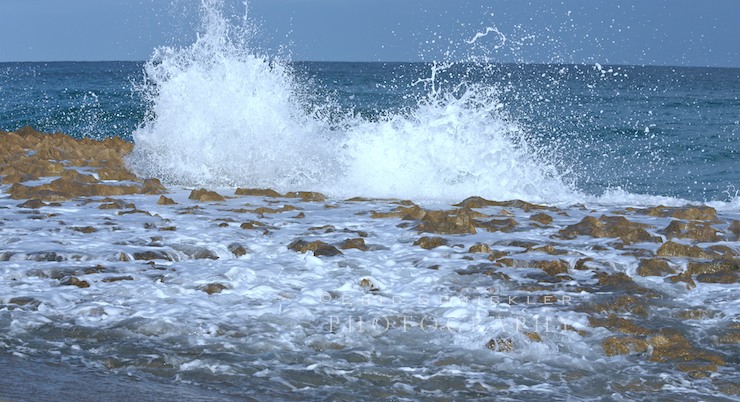
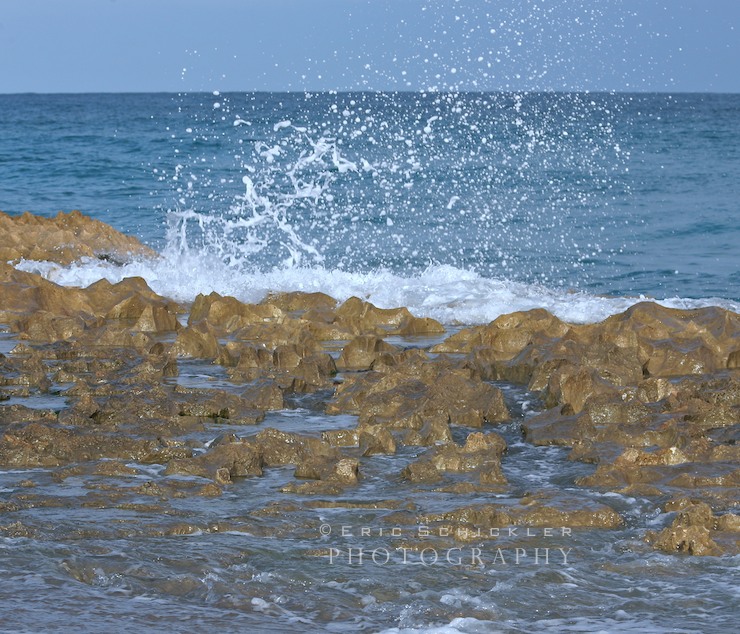
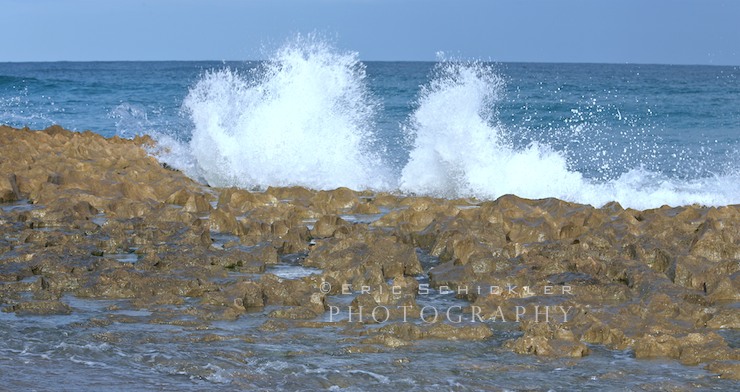
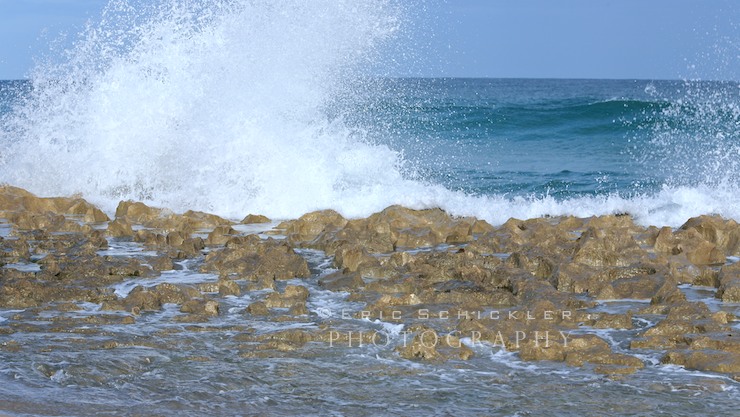
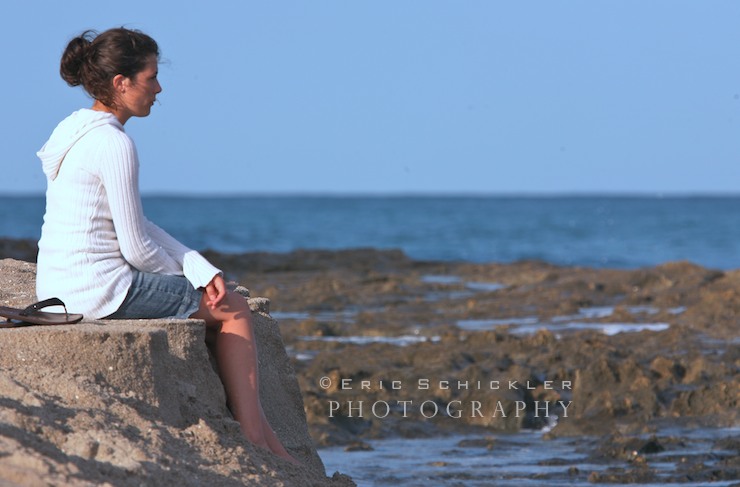
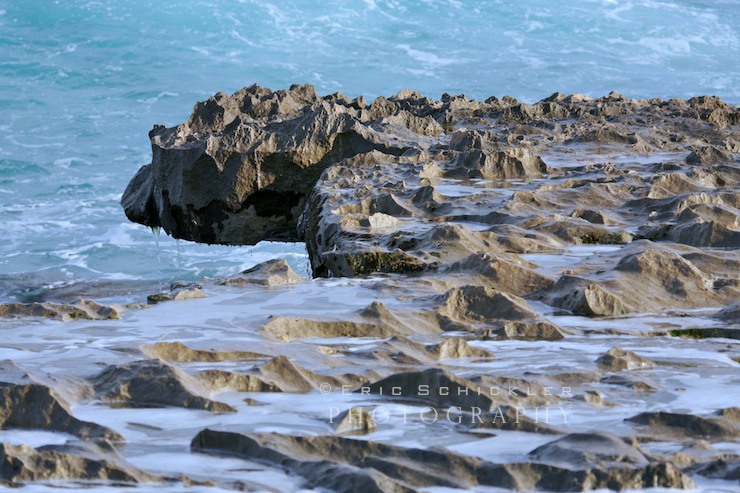
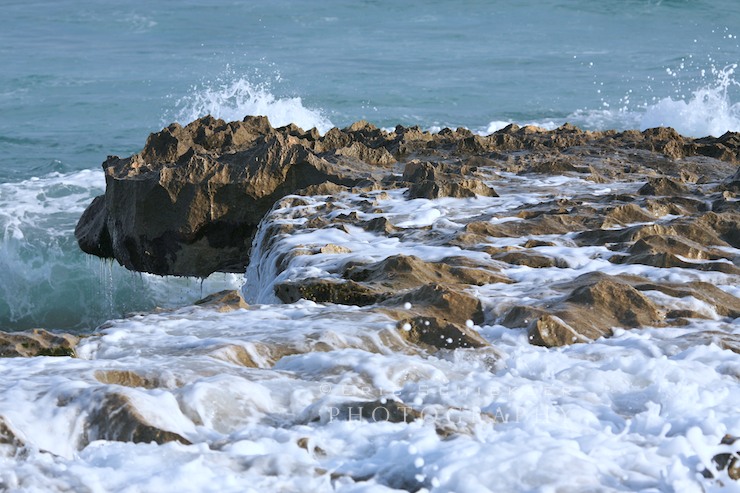
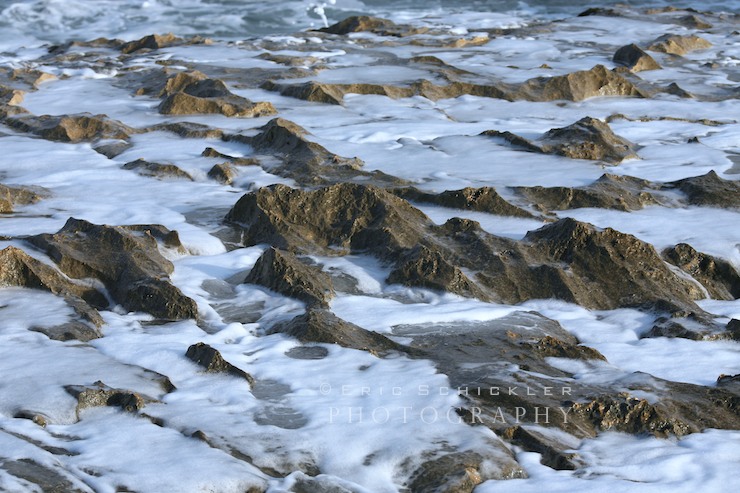
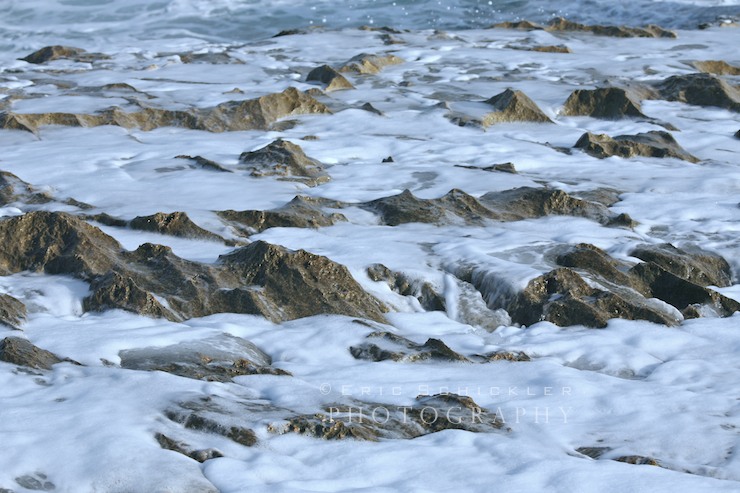
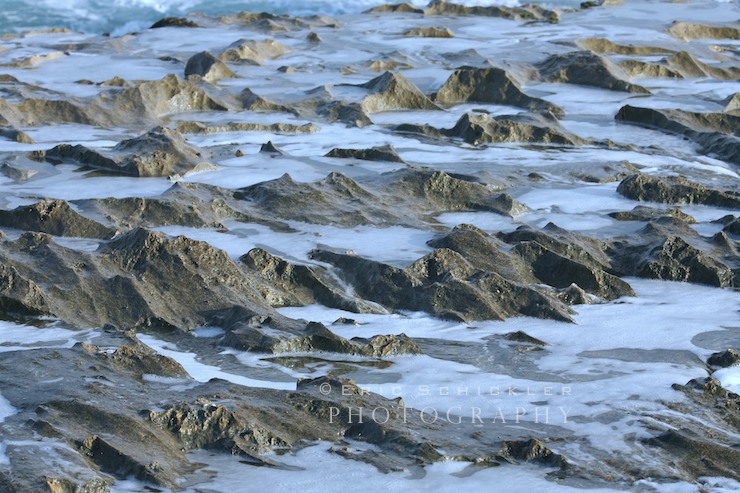
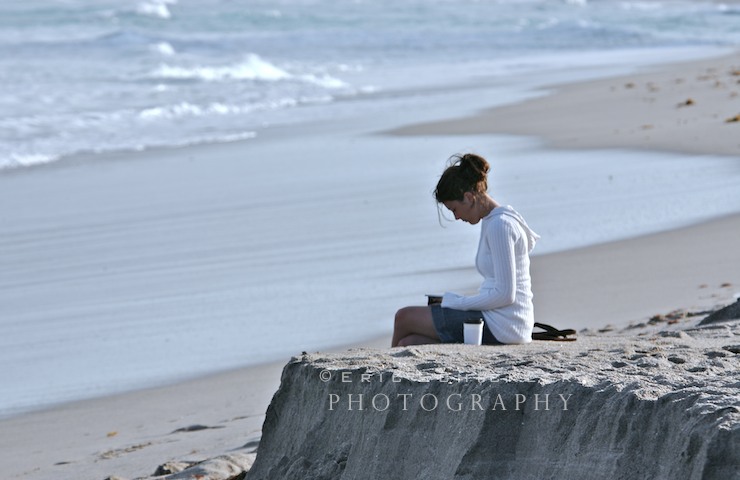
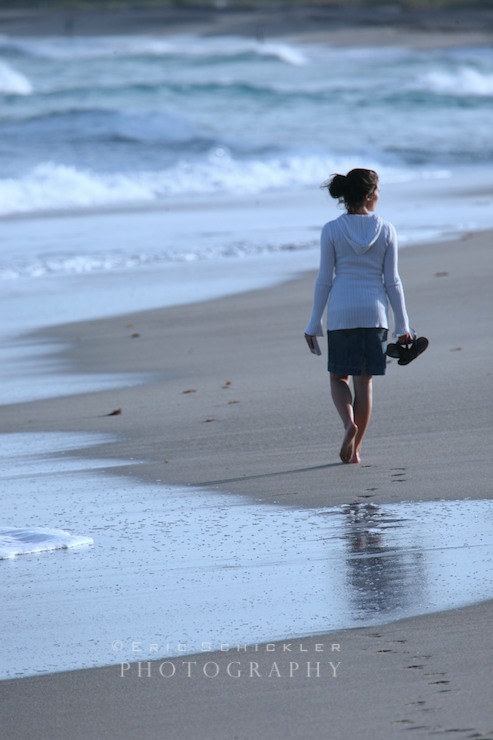
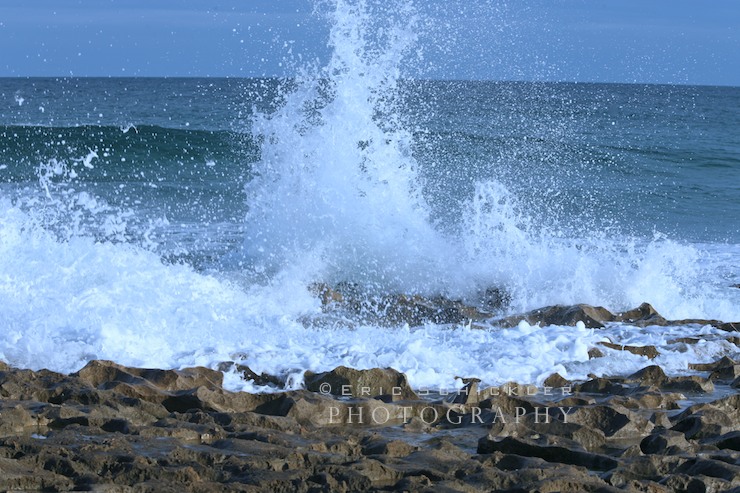
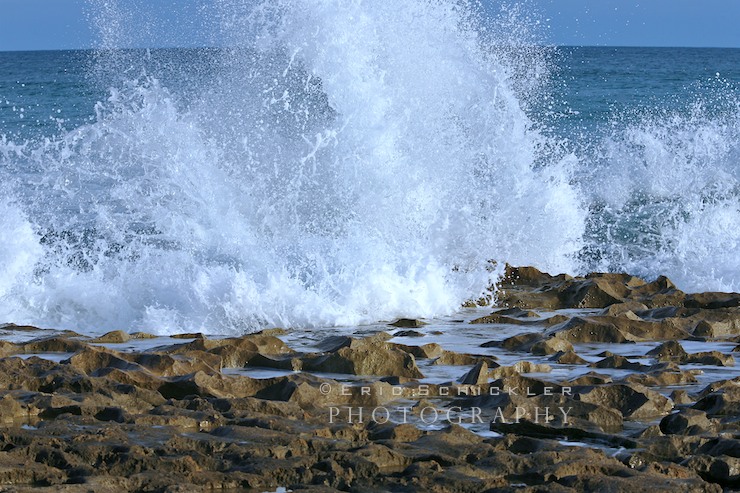
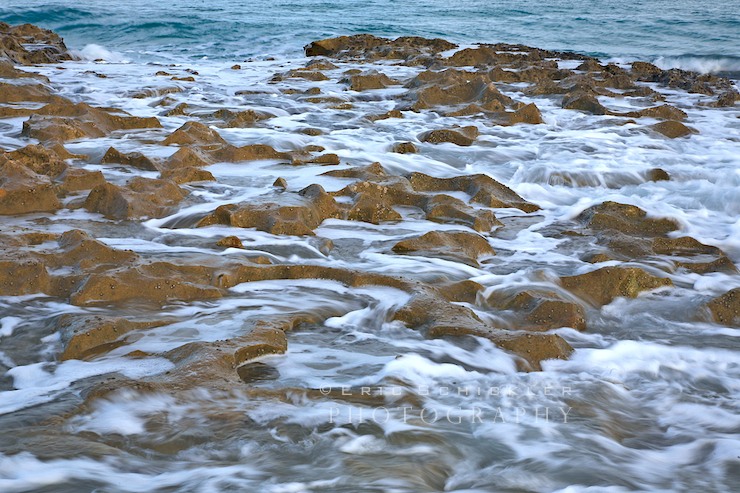
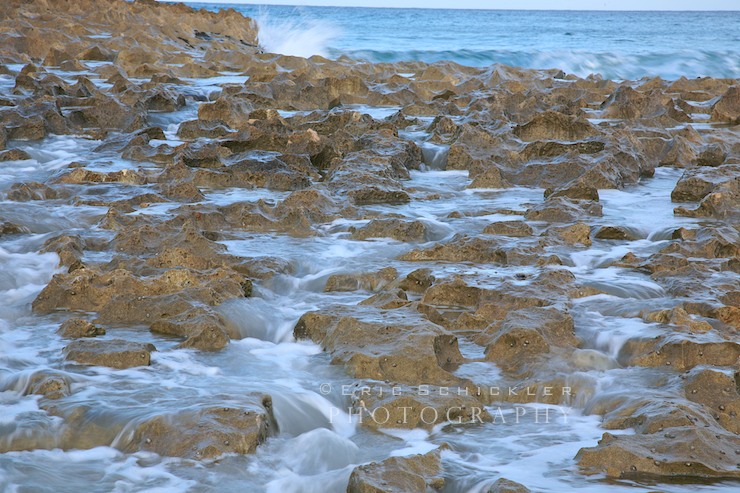
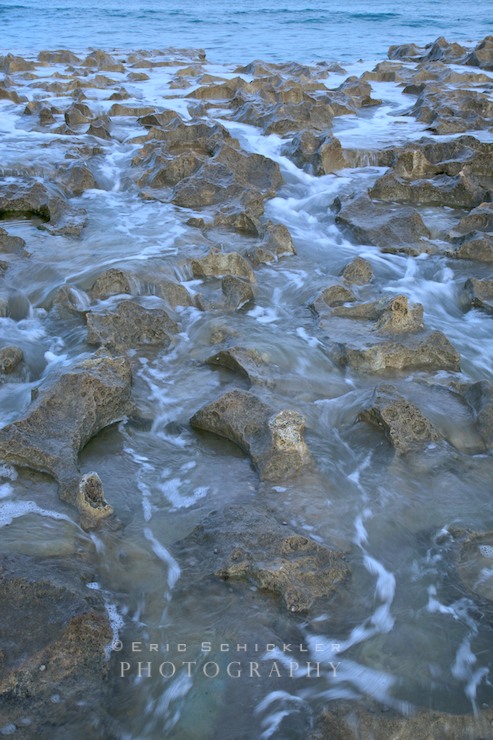
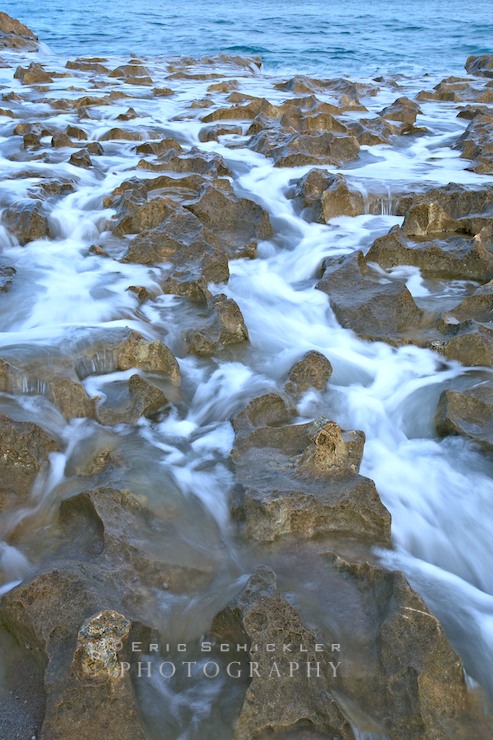
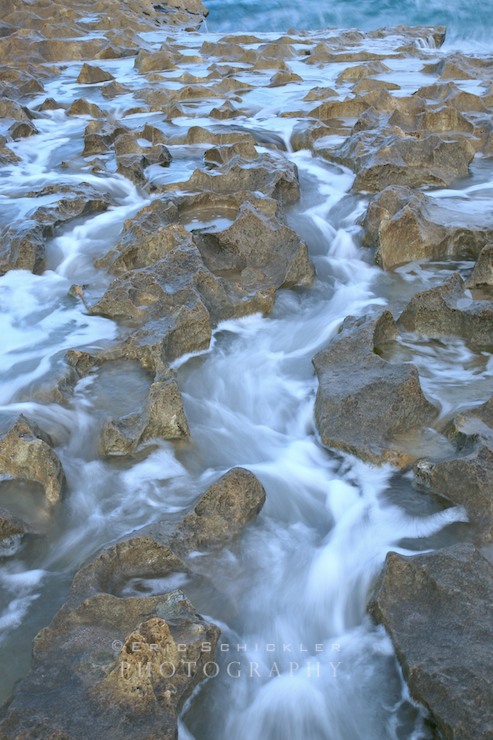
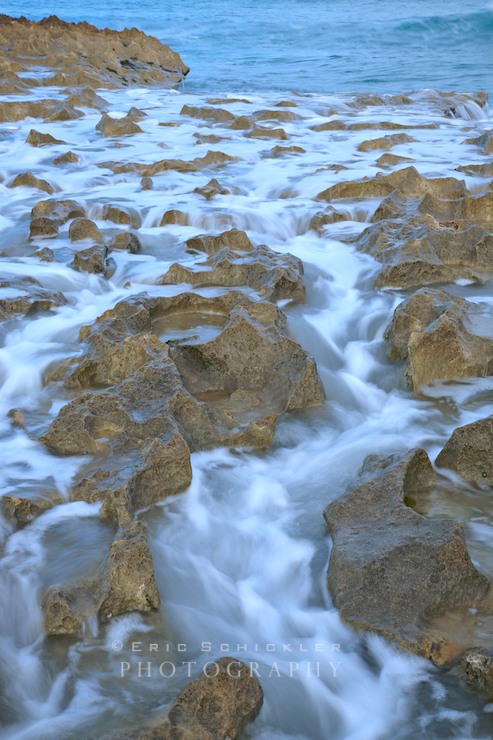
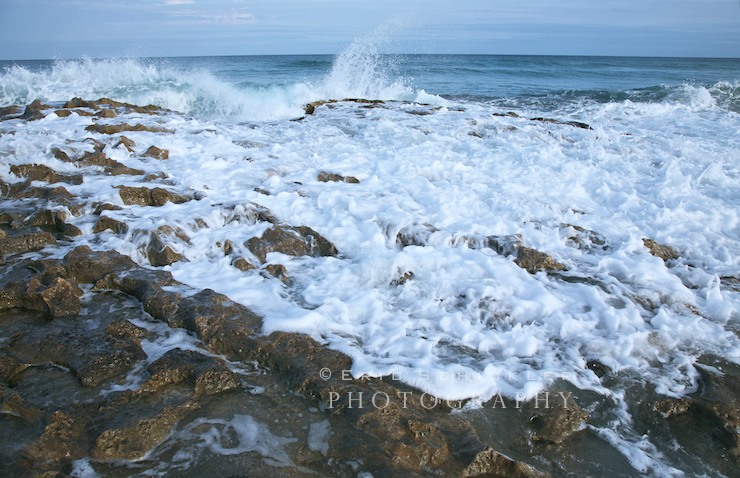
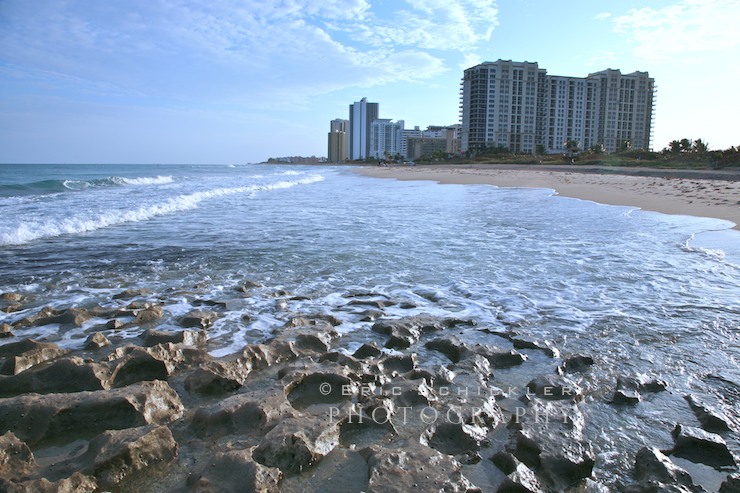

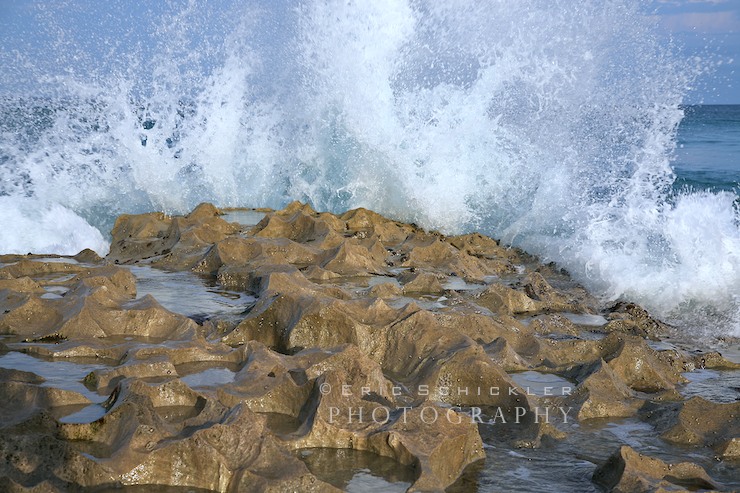
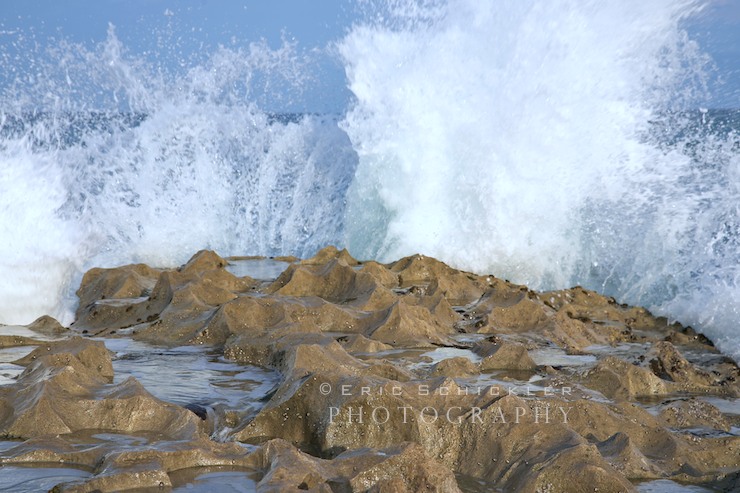
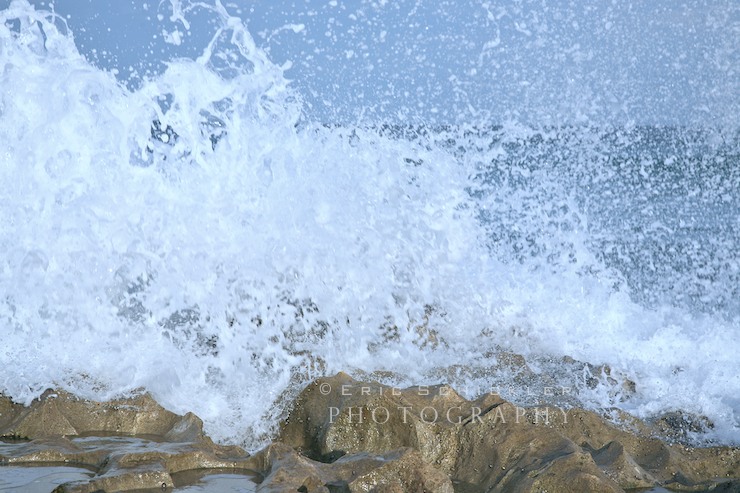

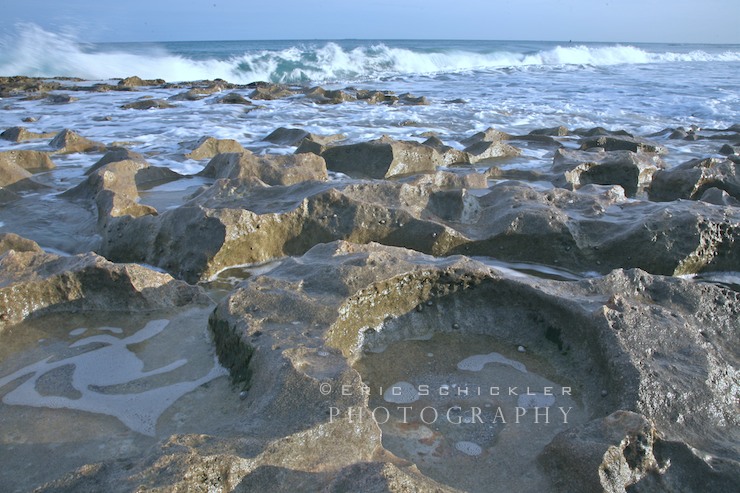
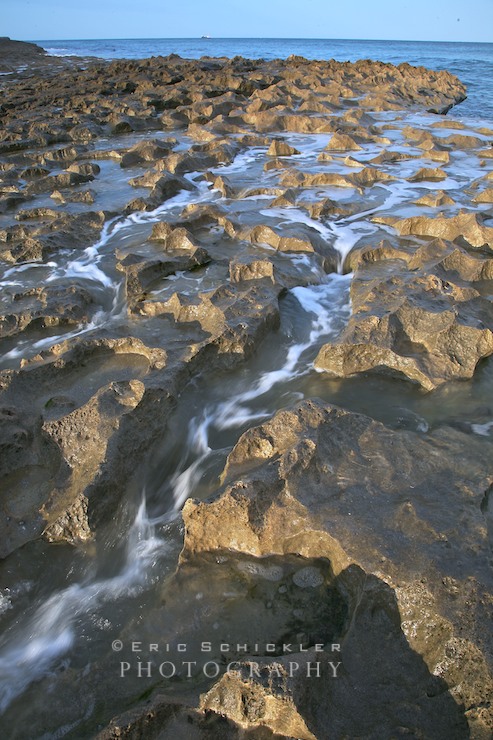
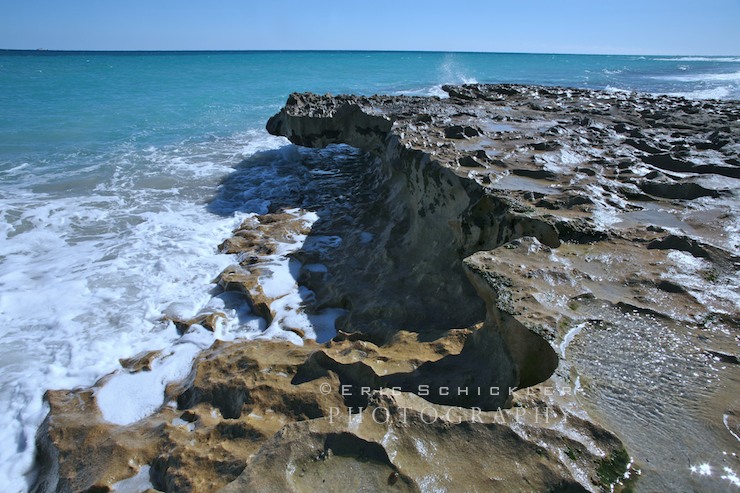
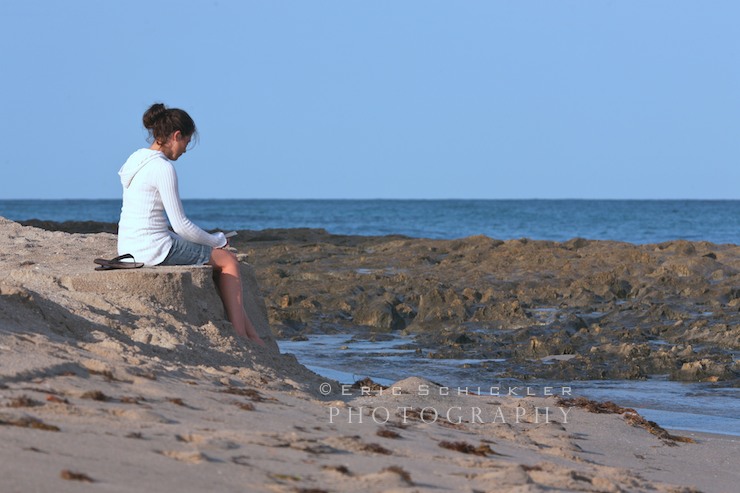
All photos and artwork included in this Web site are copyright-protected and the exclusive property of Eric Schickler Adventure Photographer. No downloading, use, reproduction, manipulation, sale and/or distribution permitted without express written consent.
© Eric Schickler Adventure Photographer
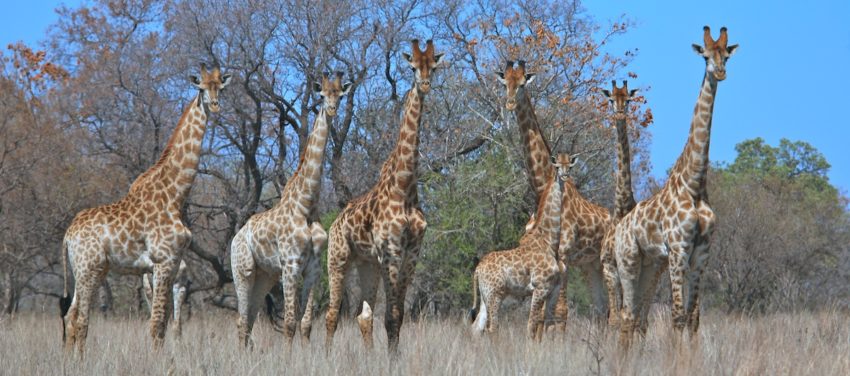
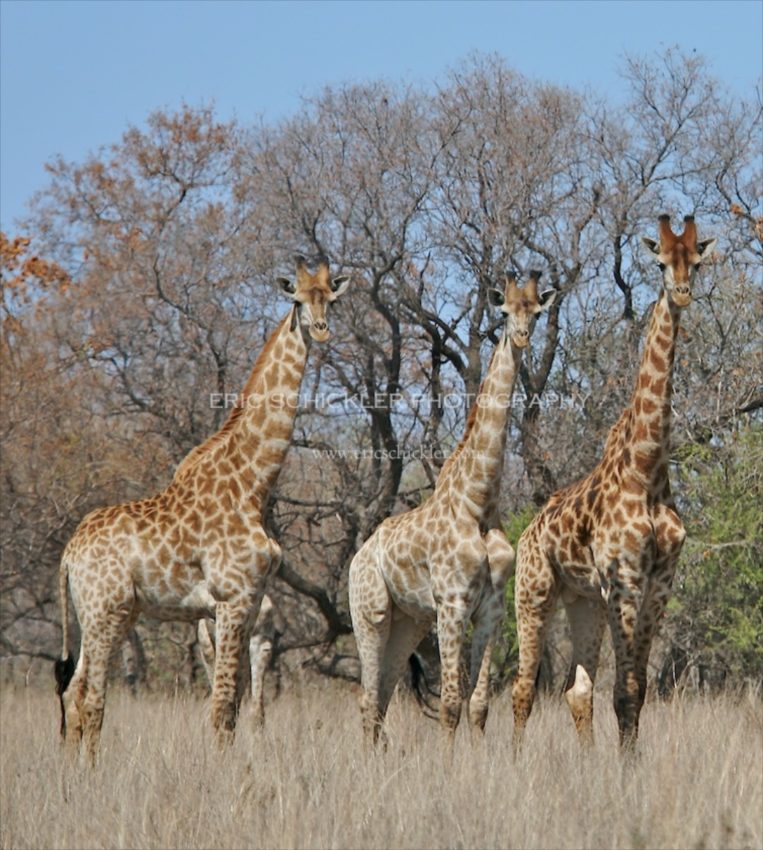
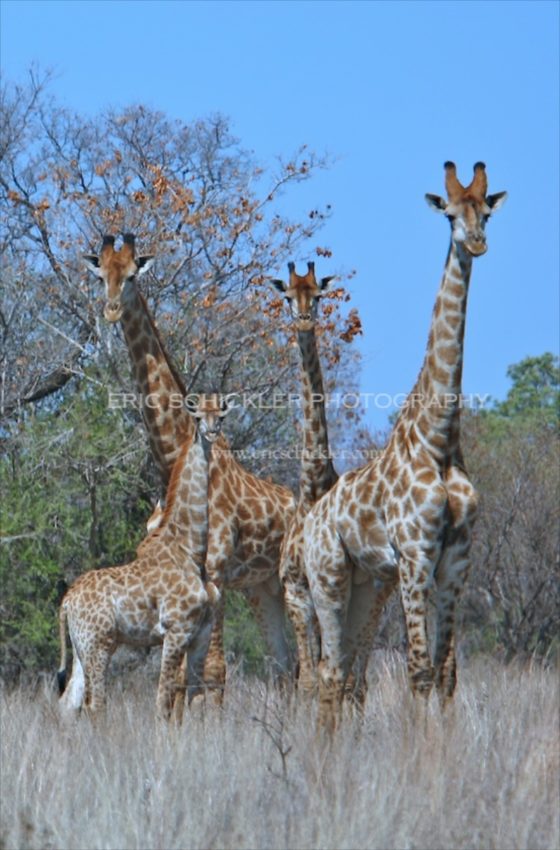
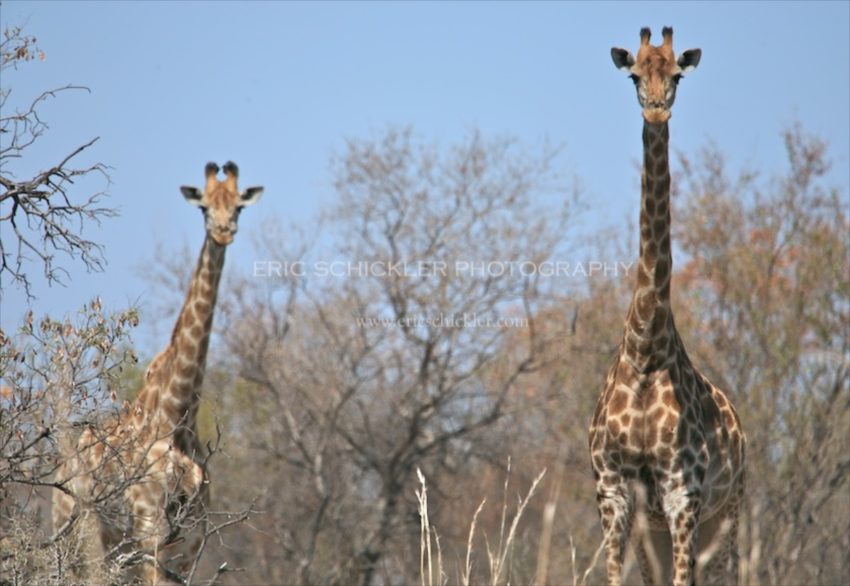
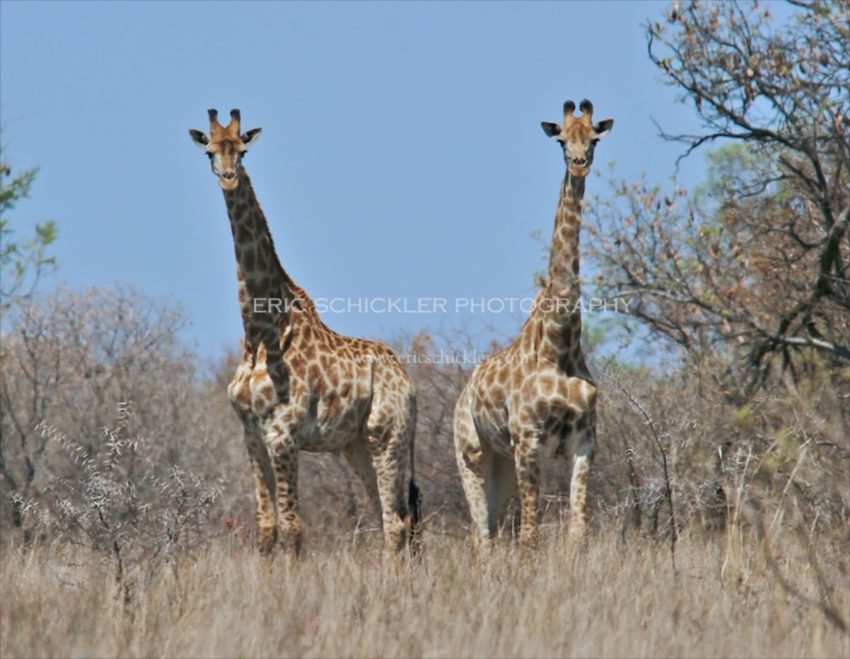

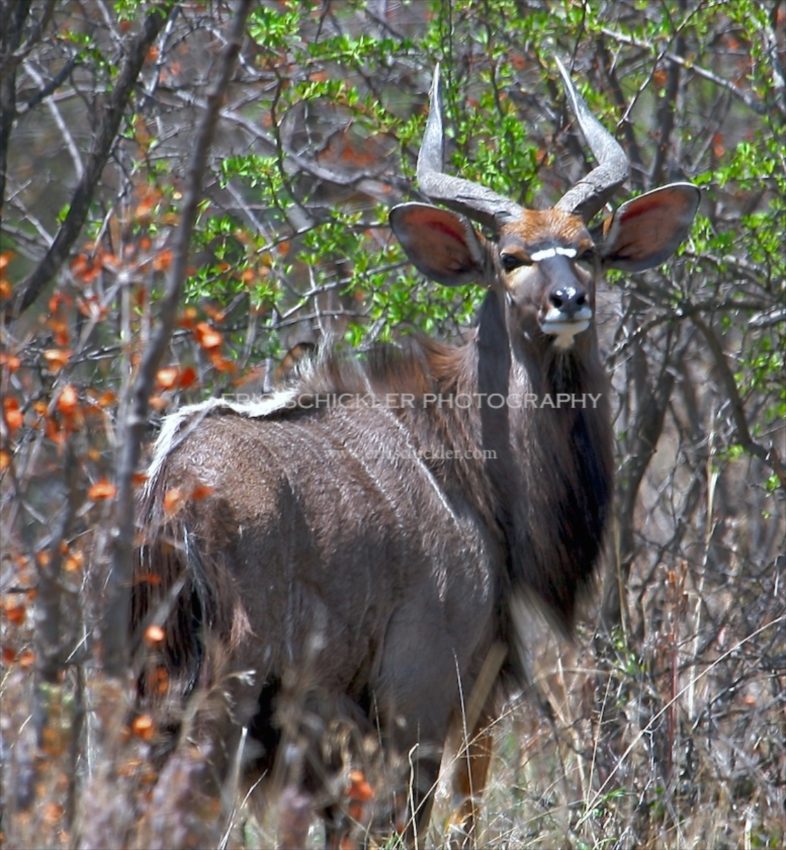

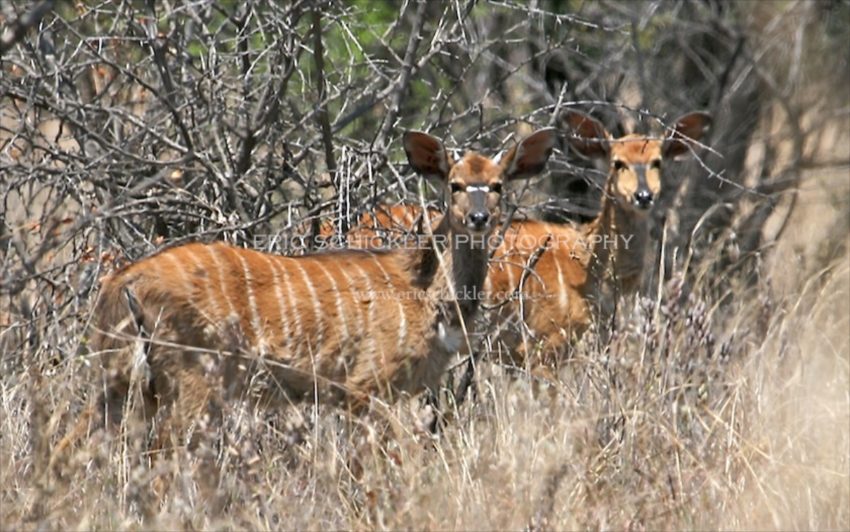
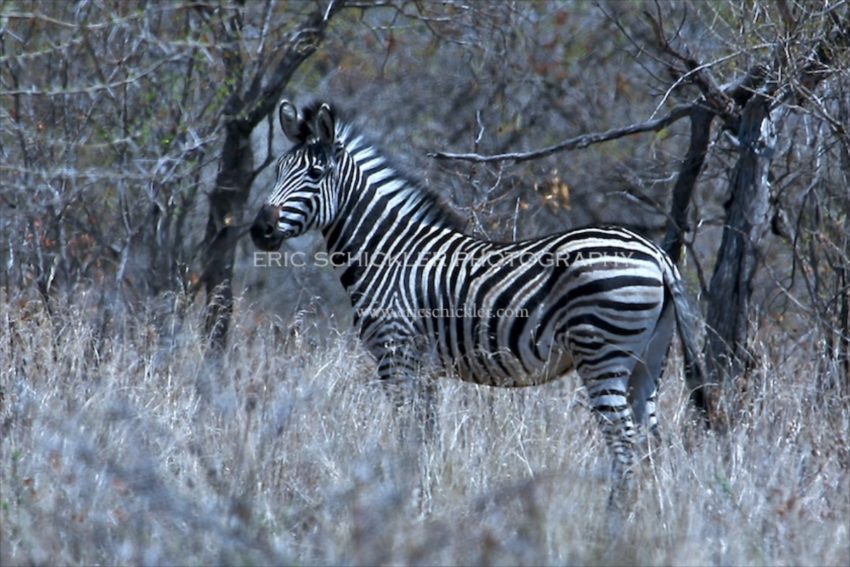

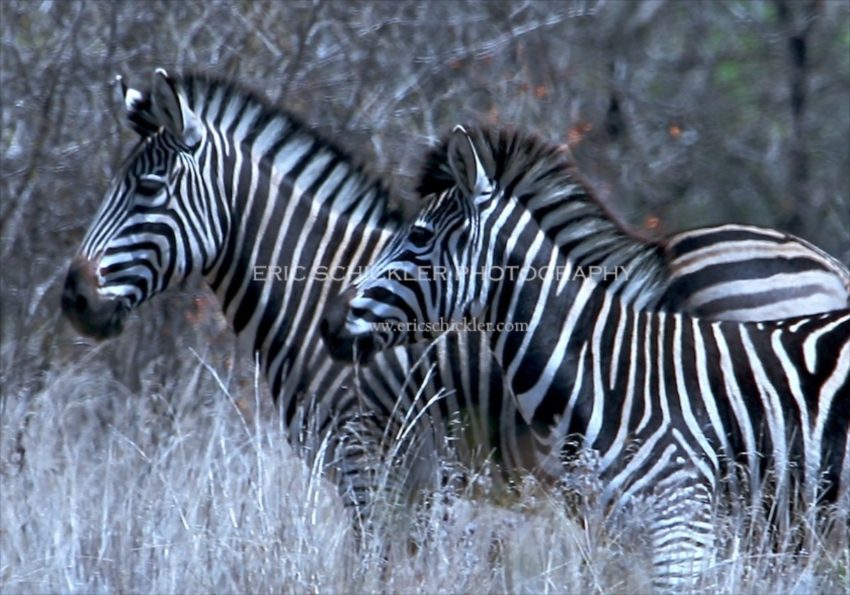


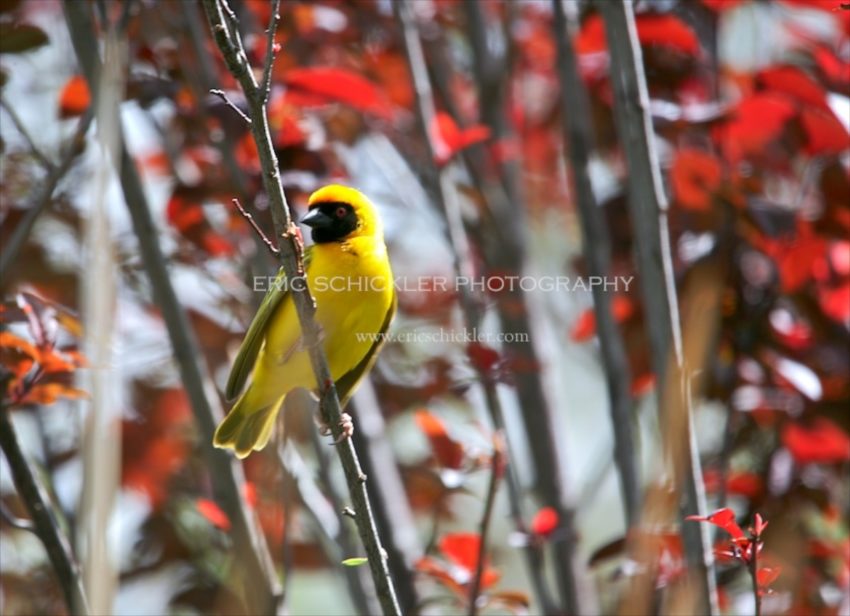
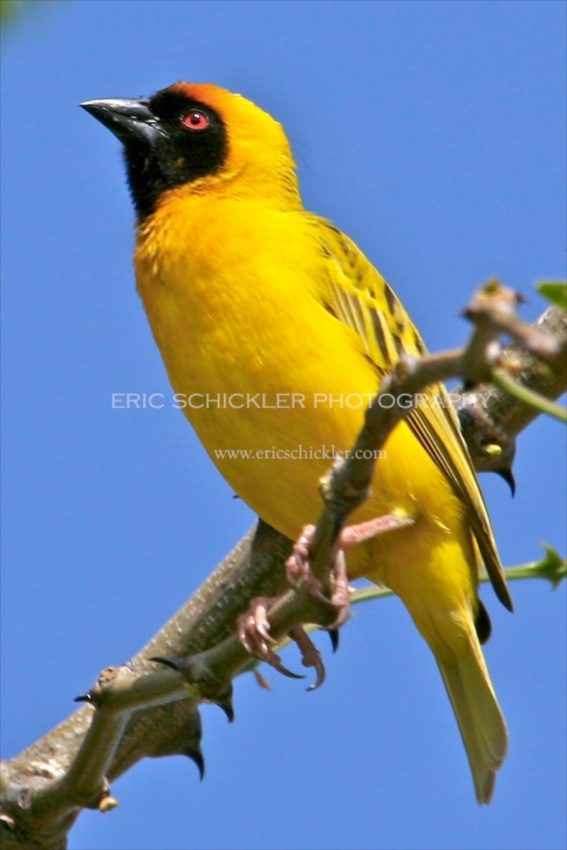


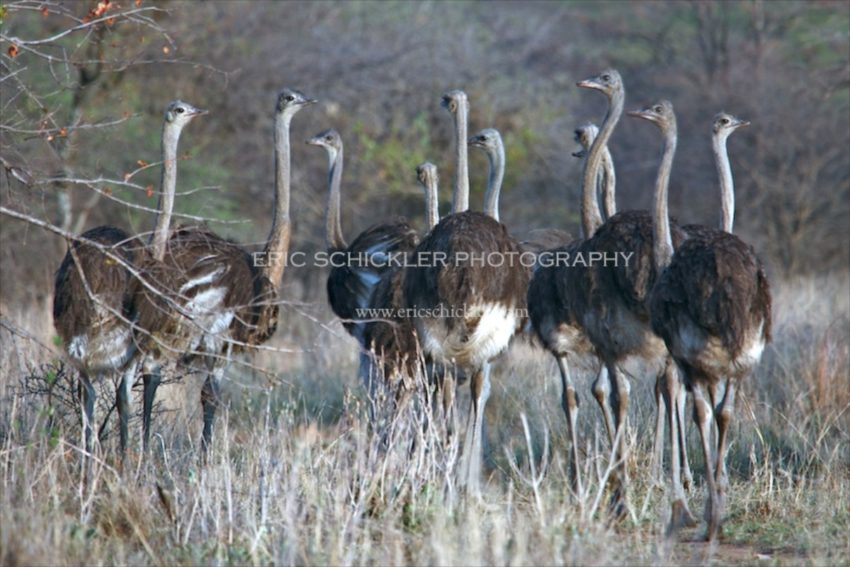

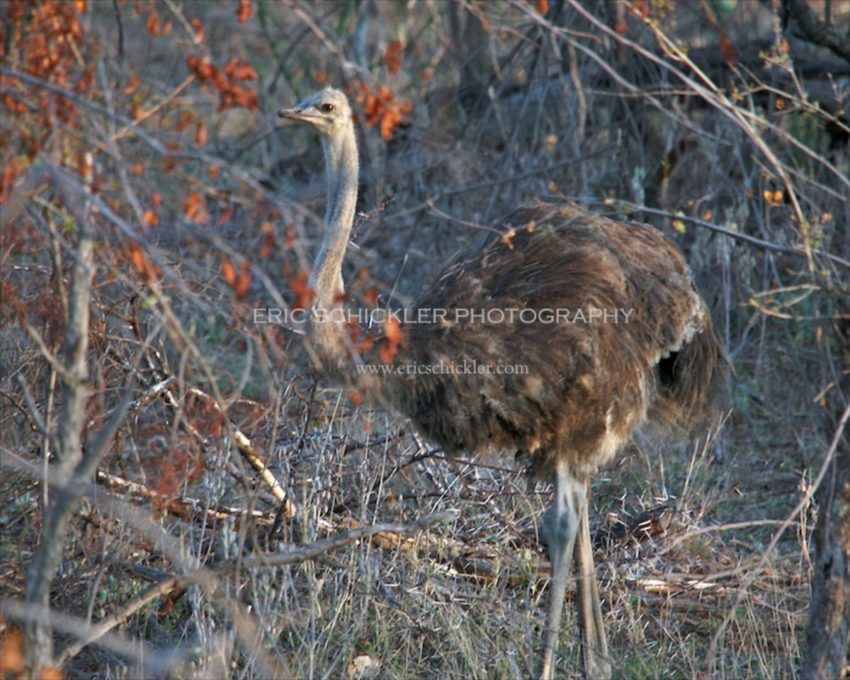
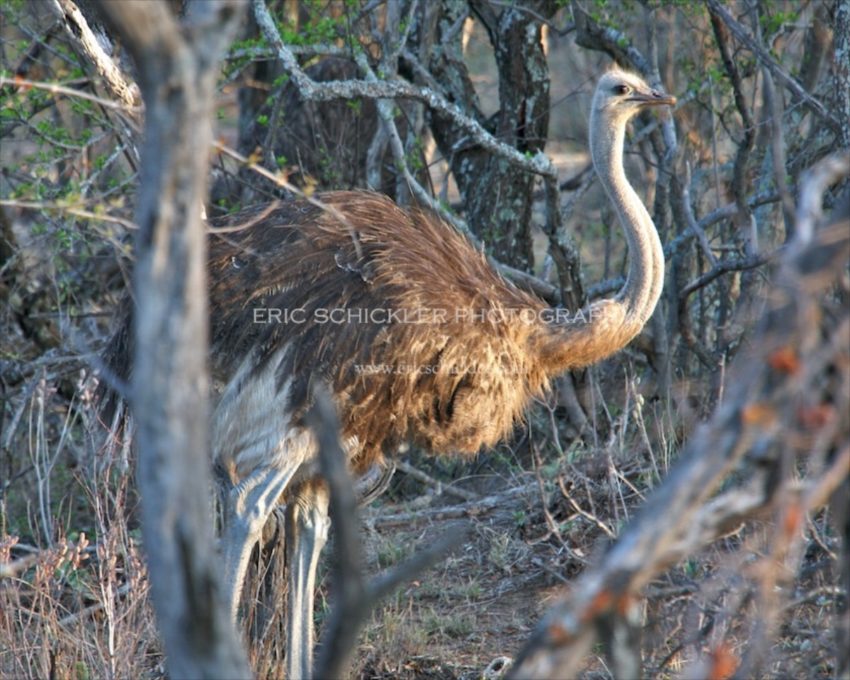

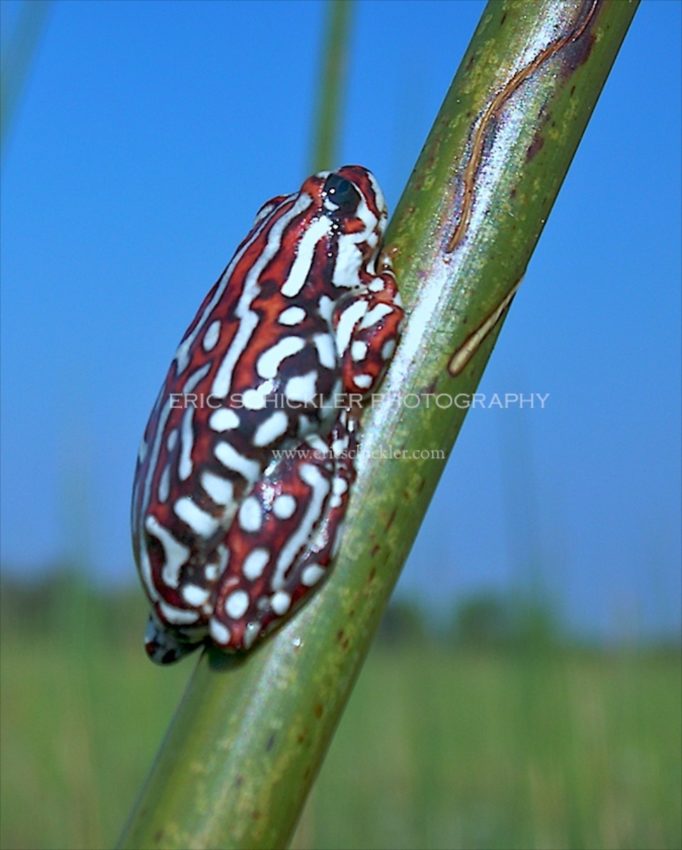
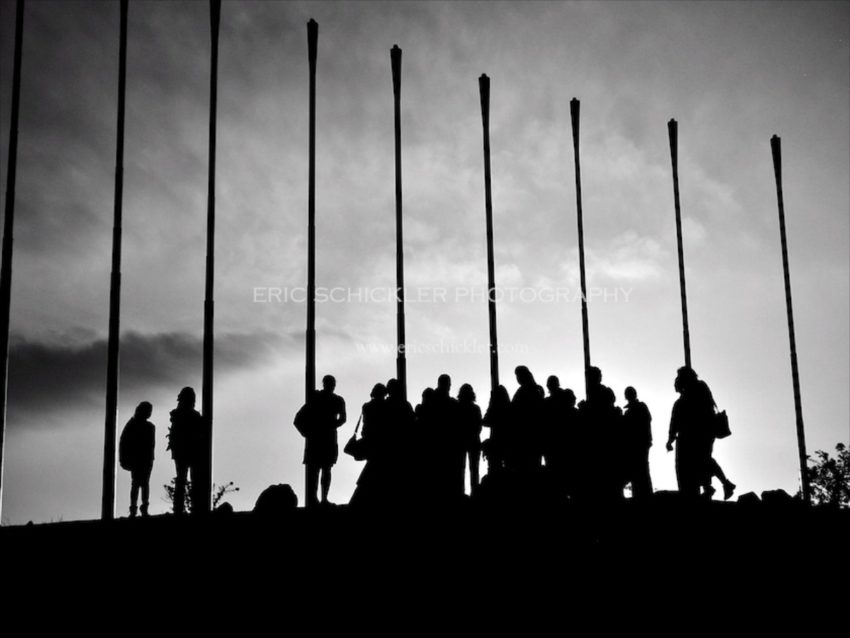

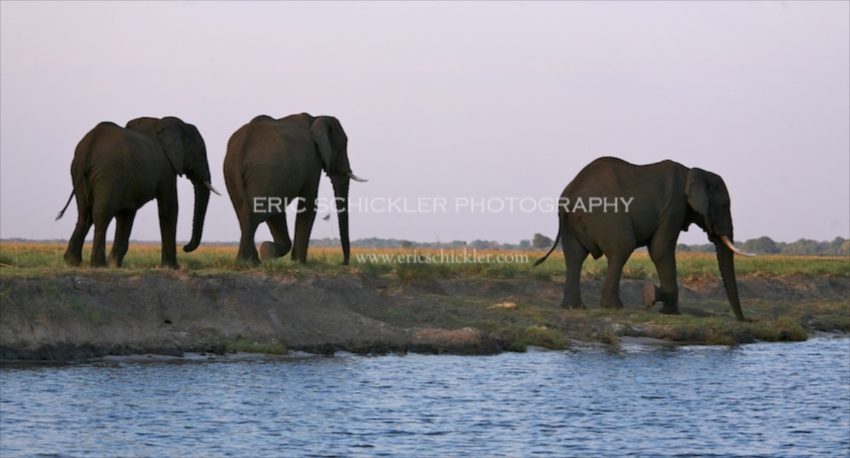
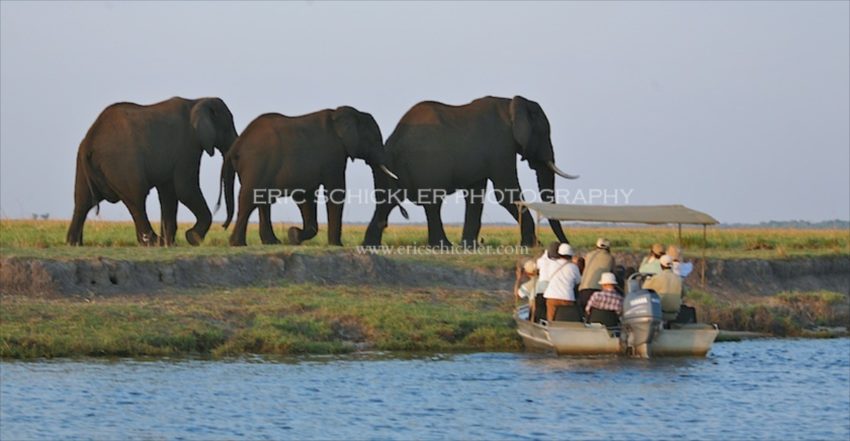
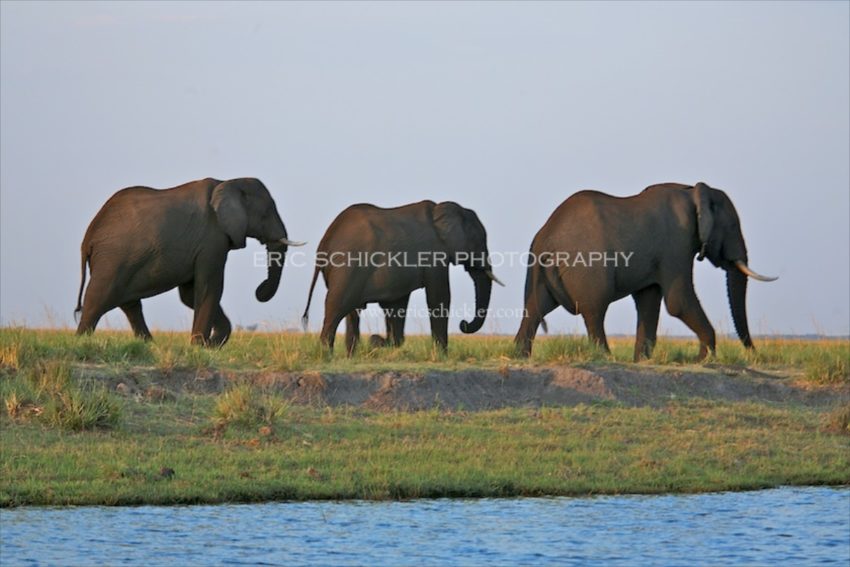
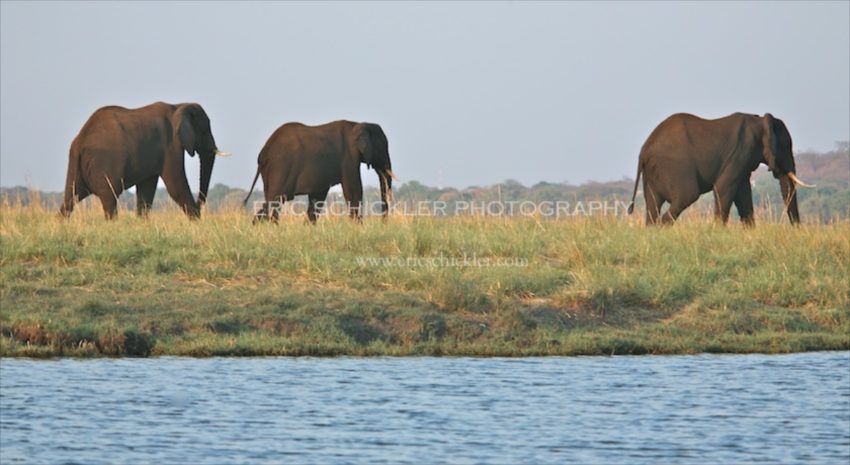
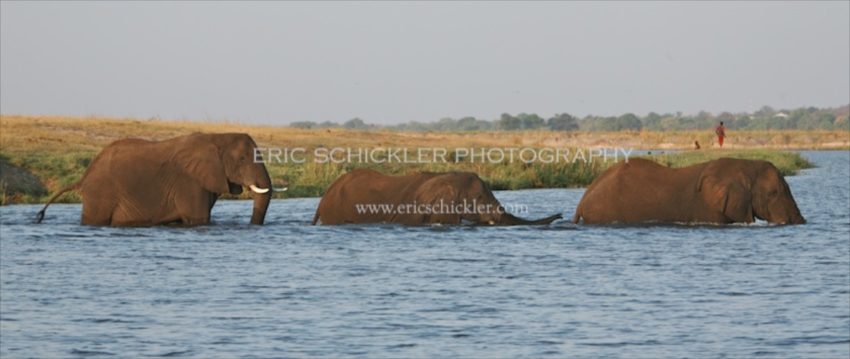
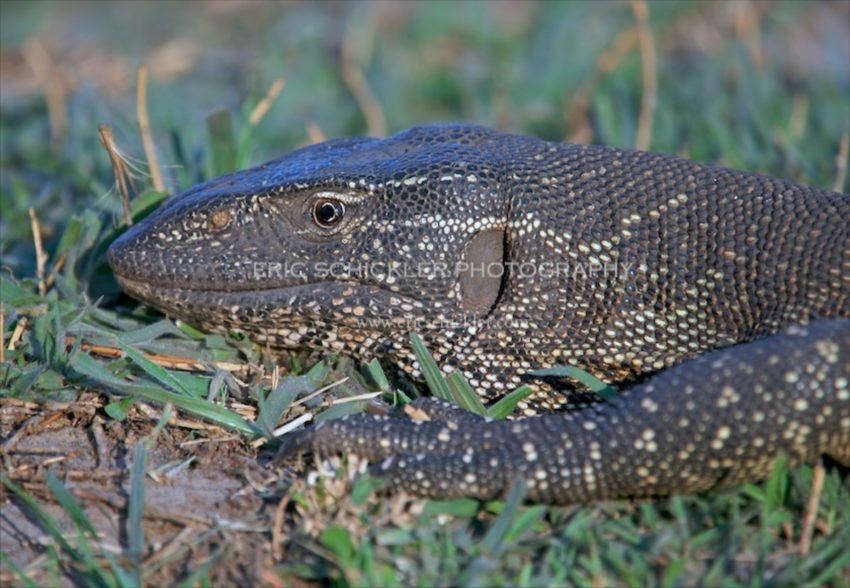
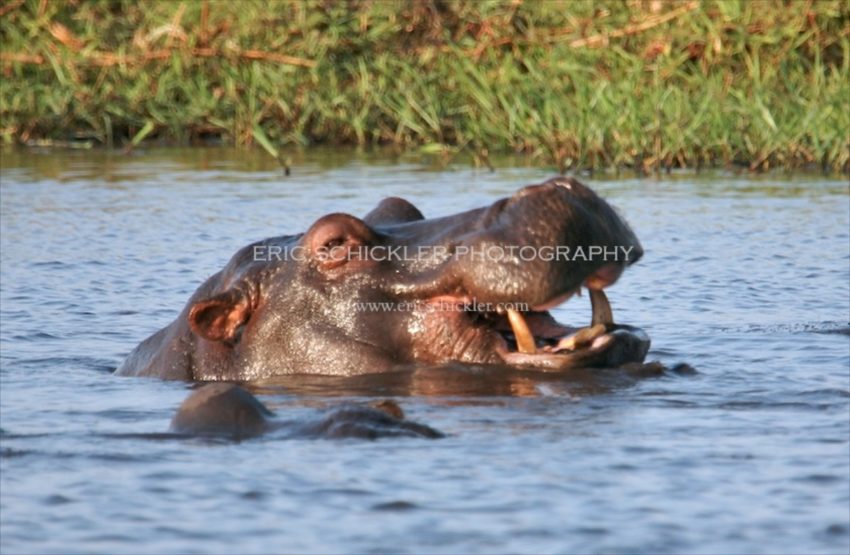

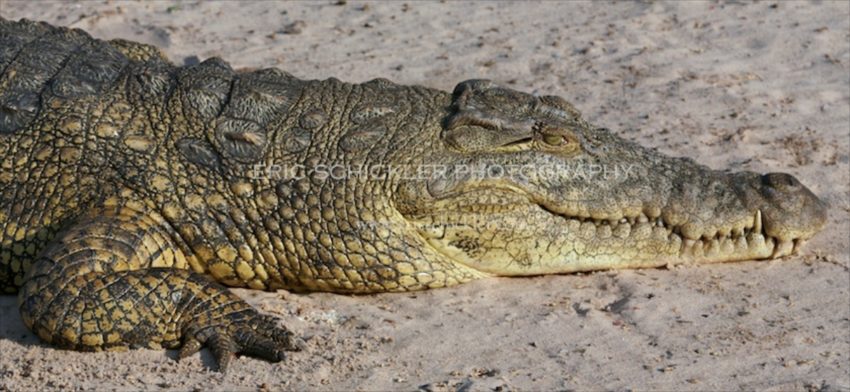
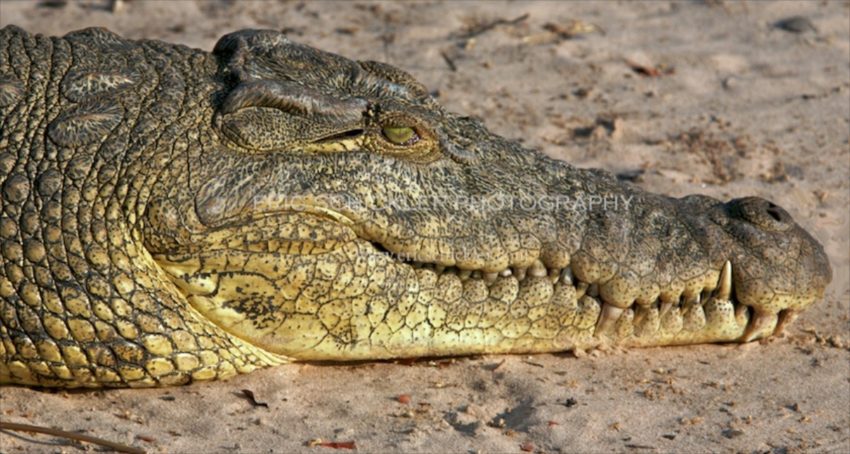

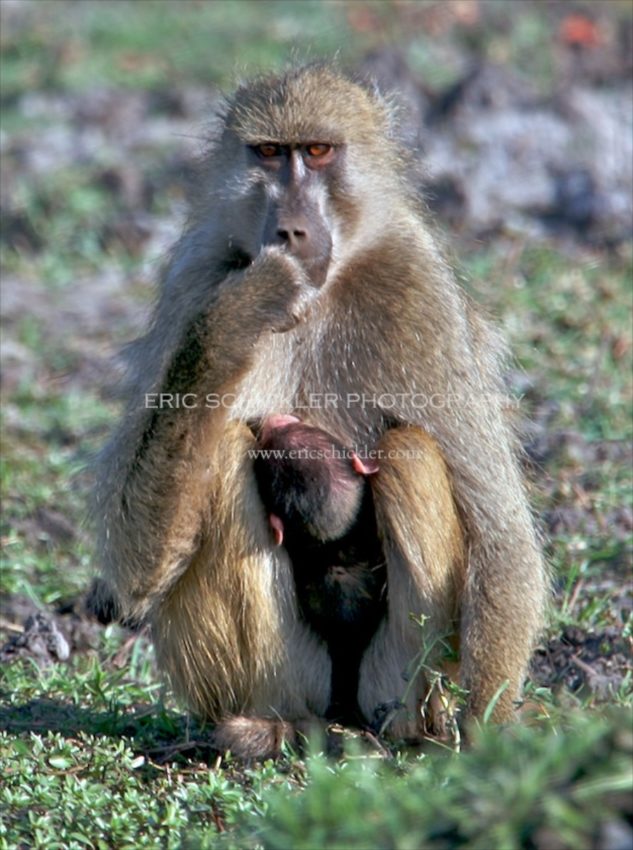
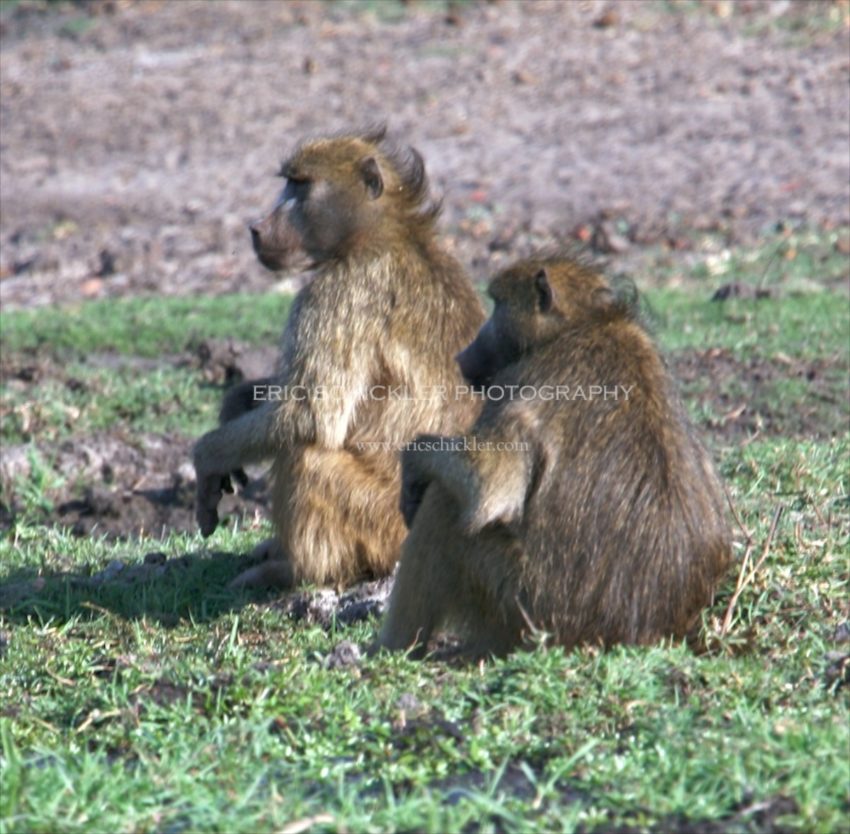
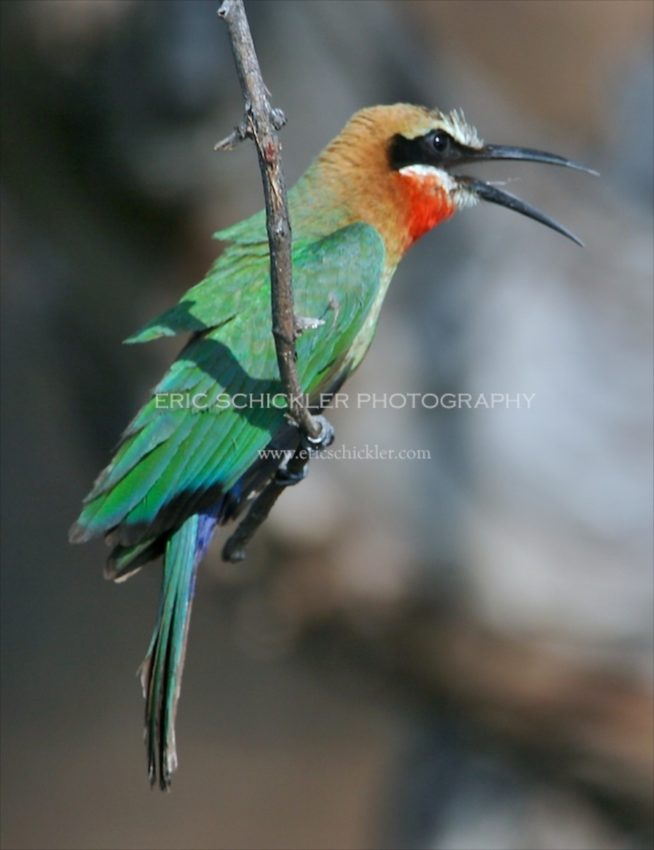
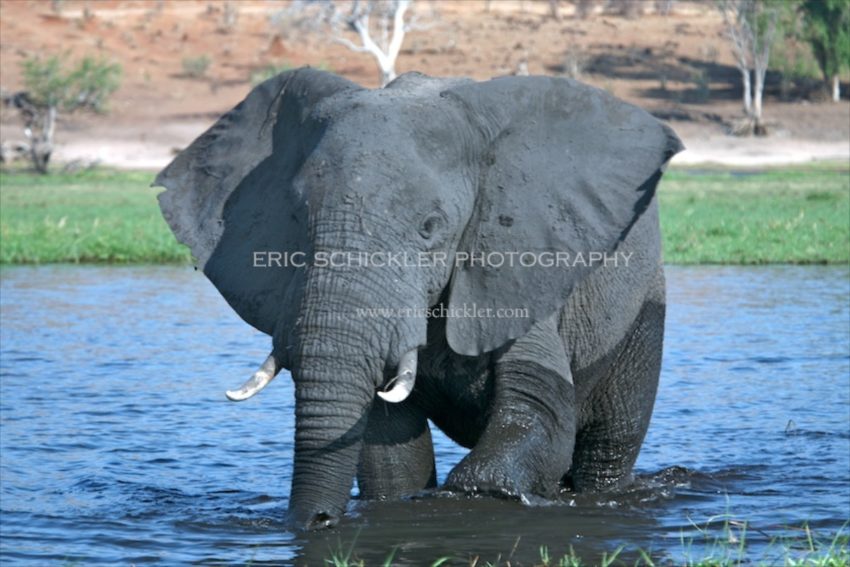
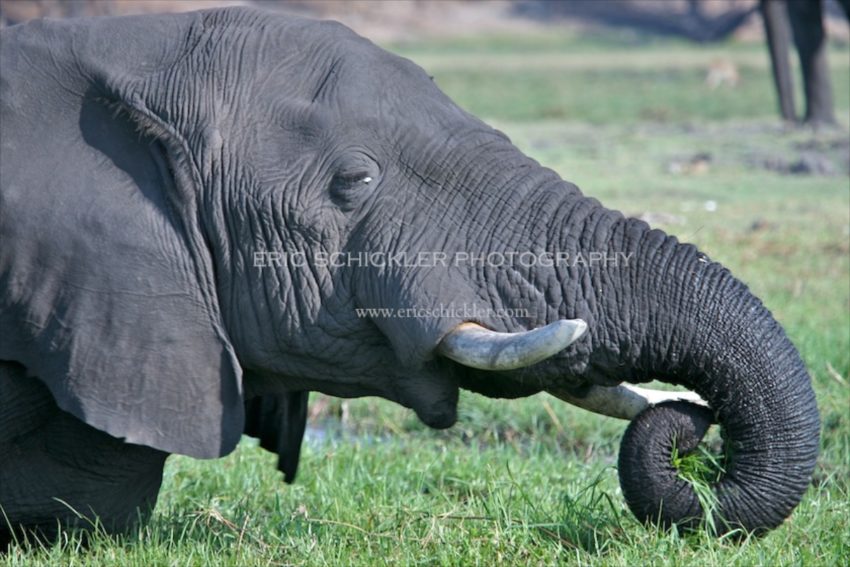
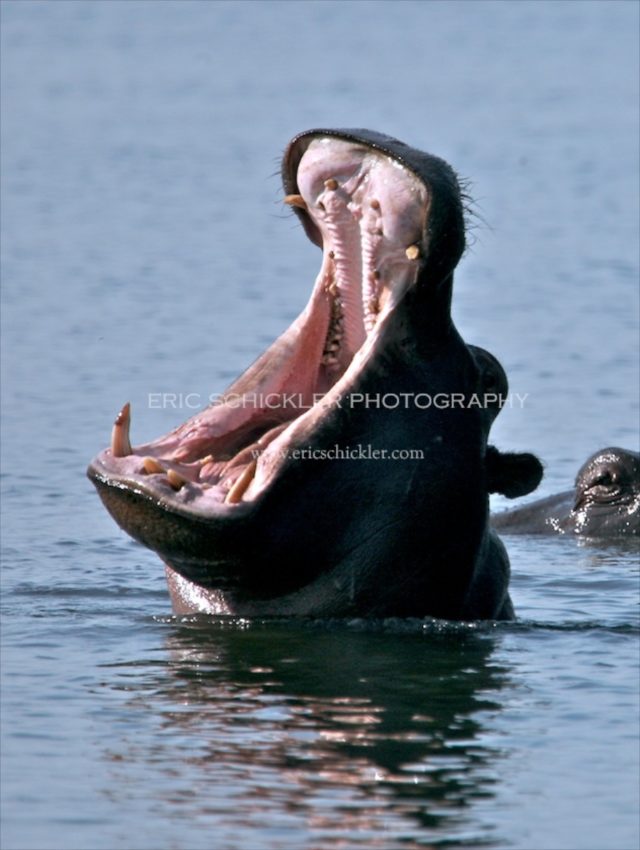
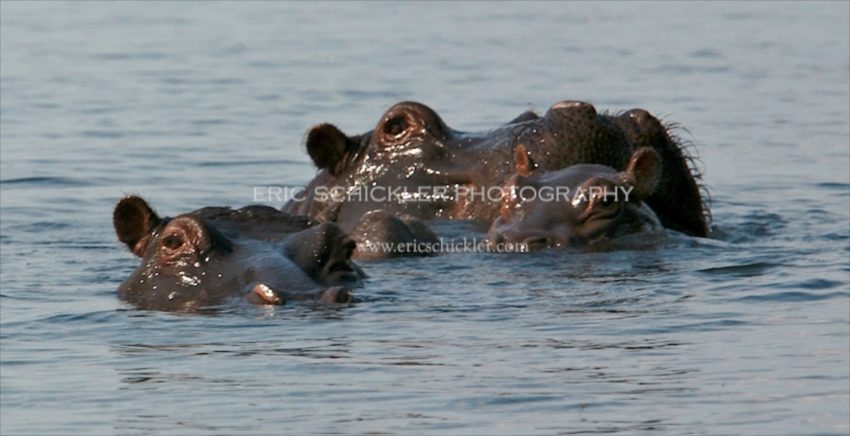
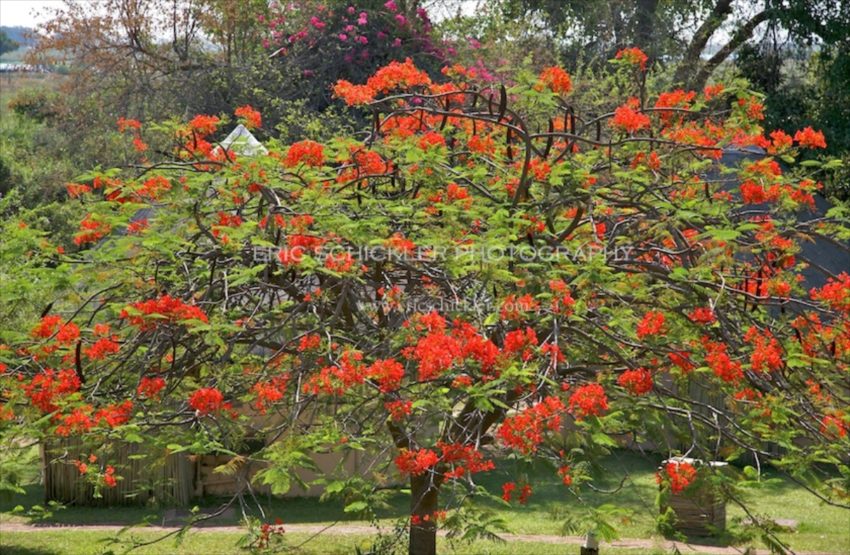
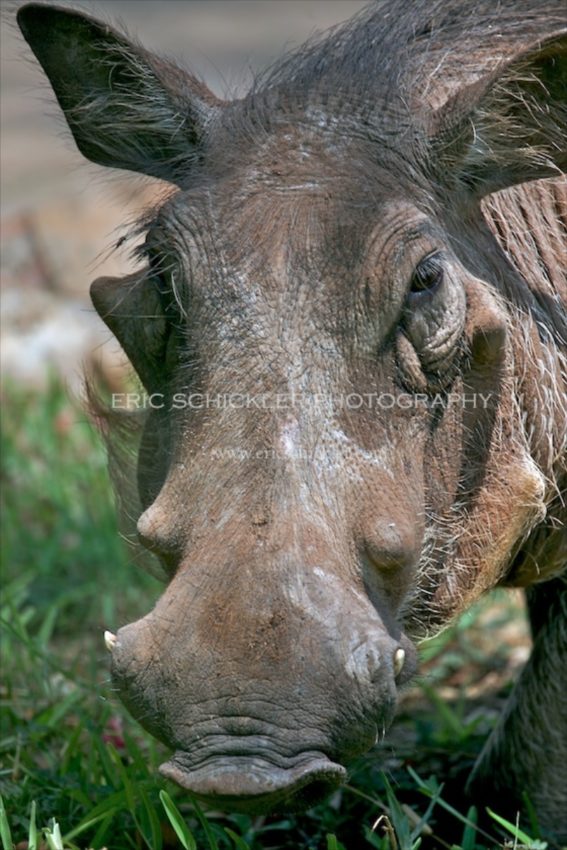

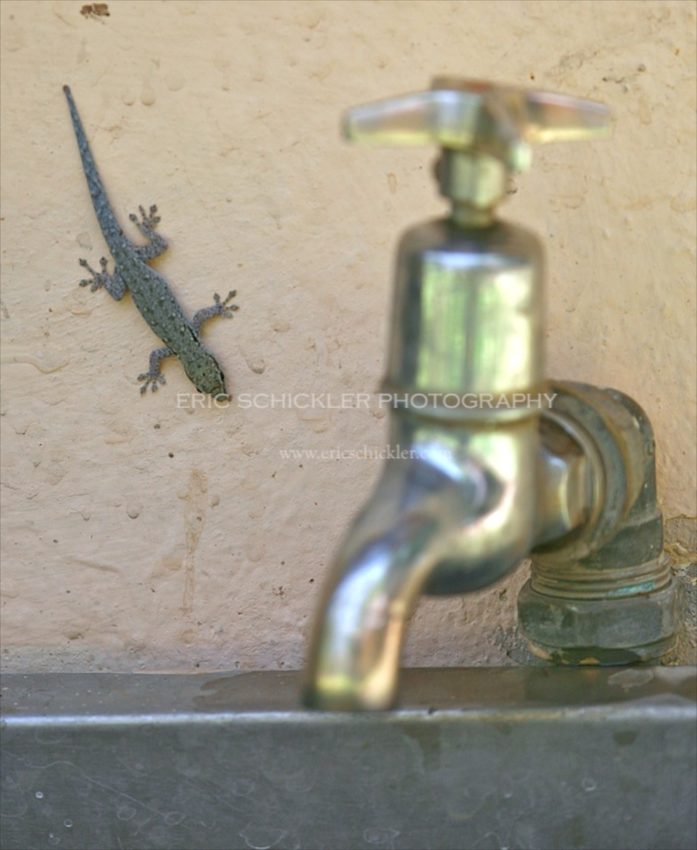
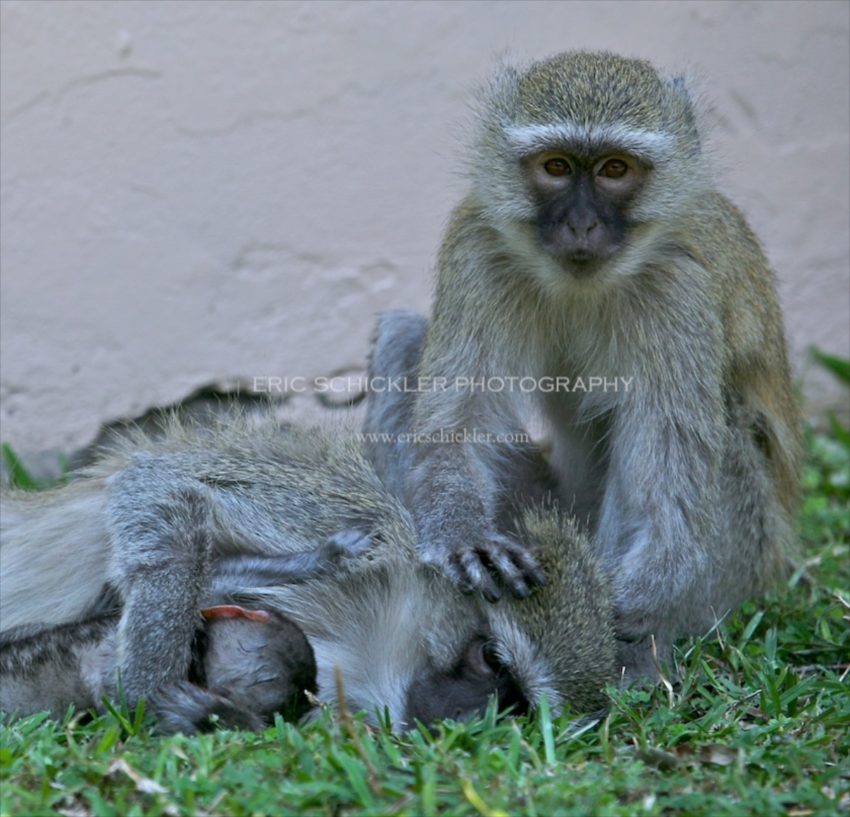
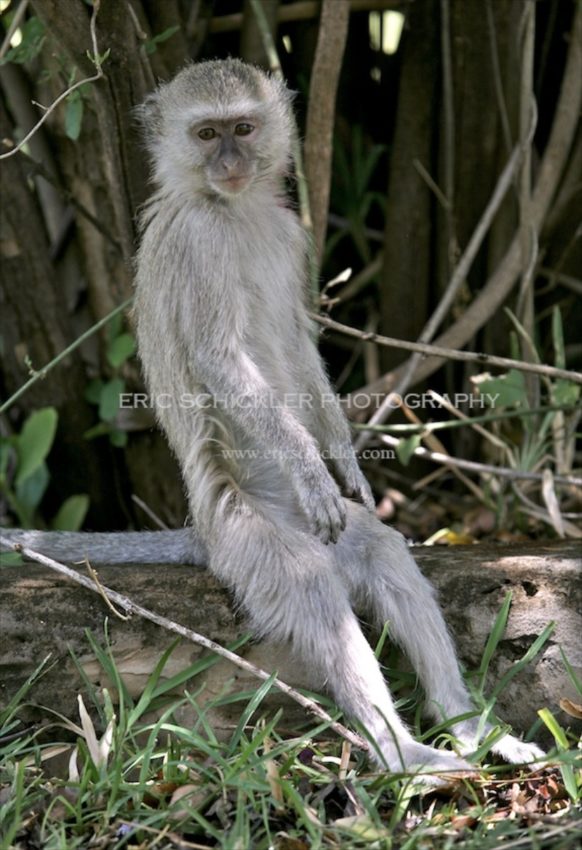
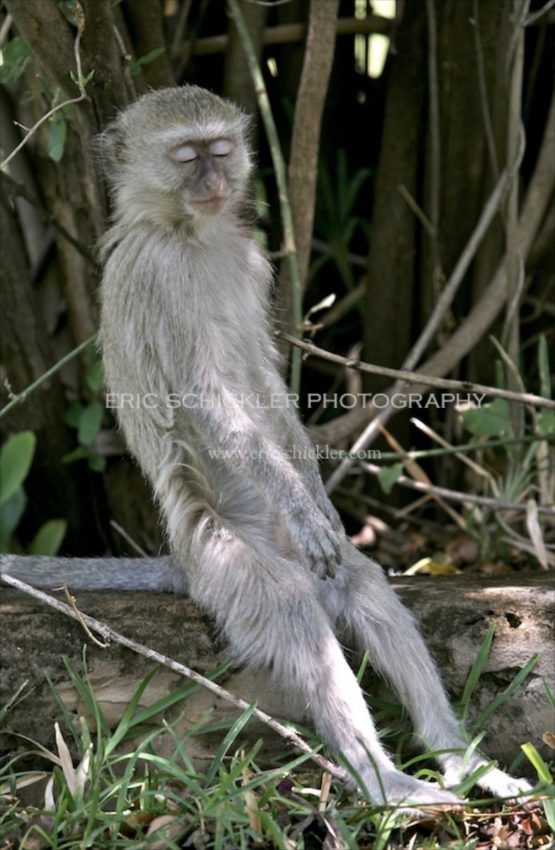




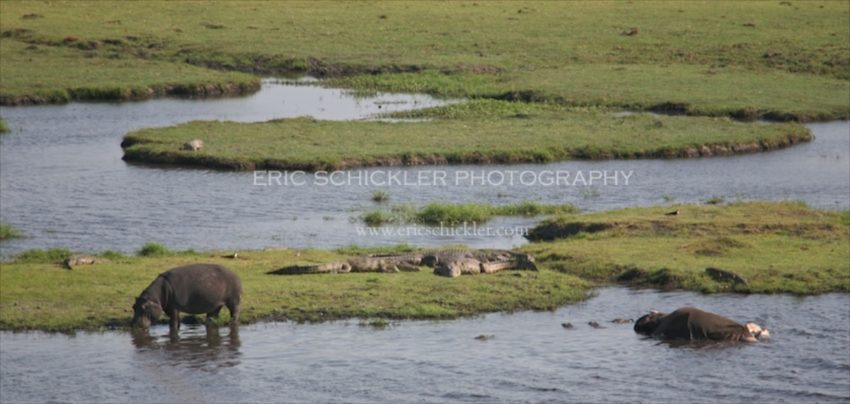

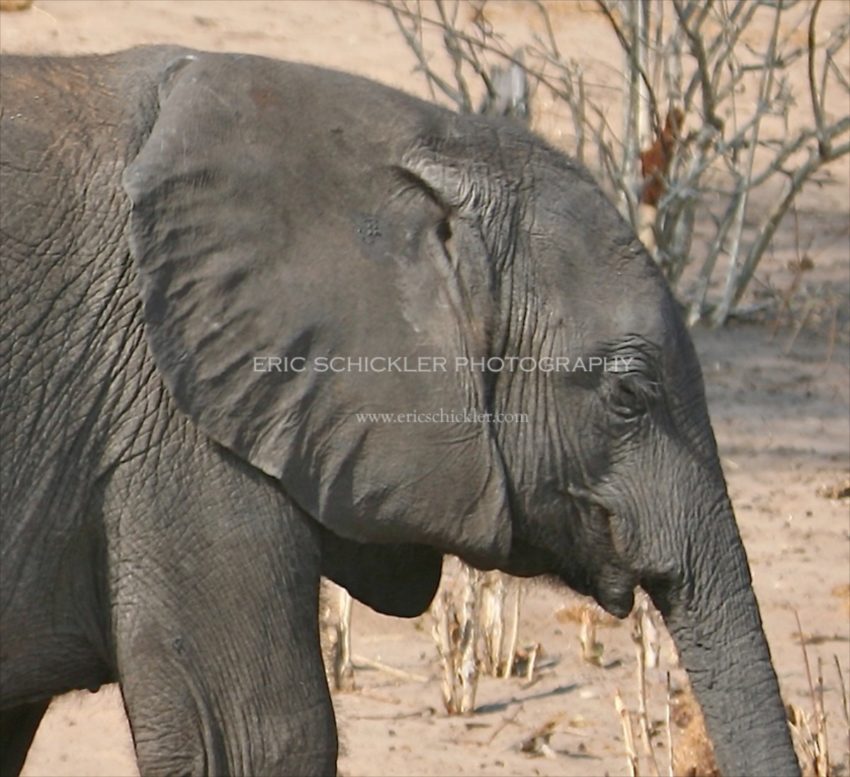
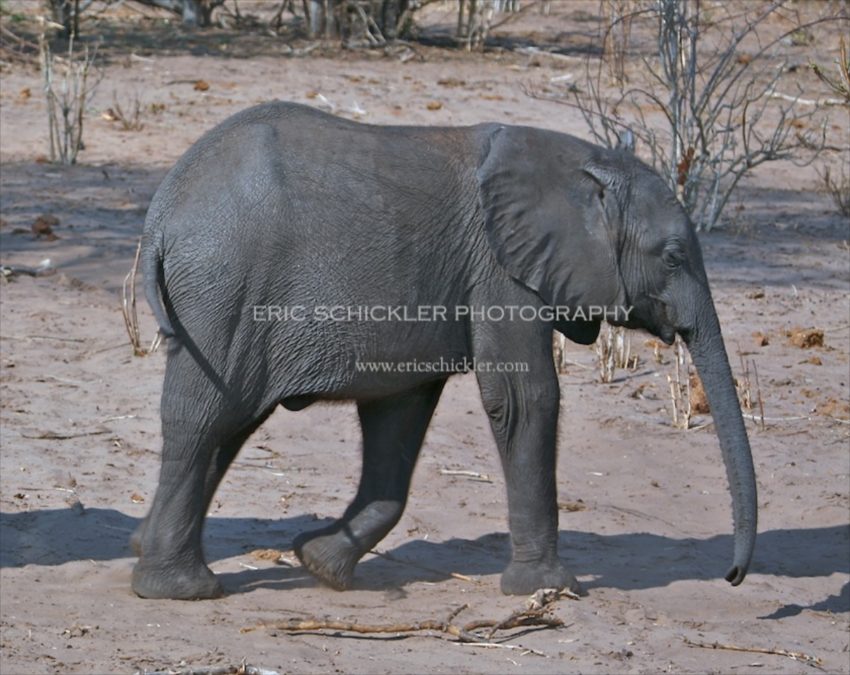
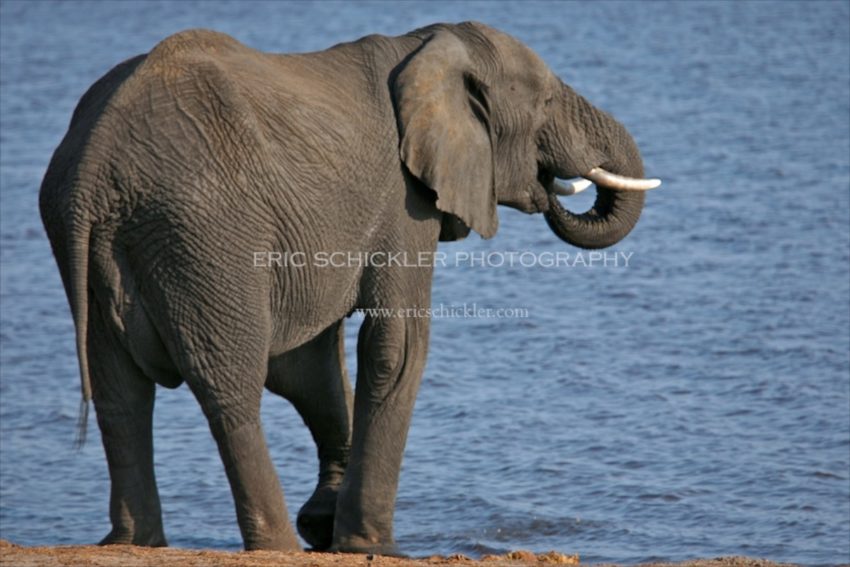
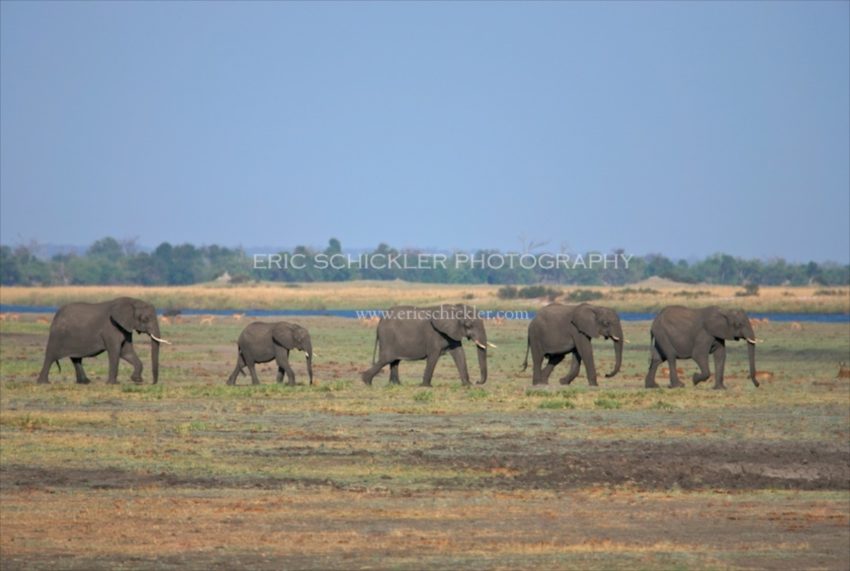
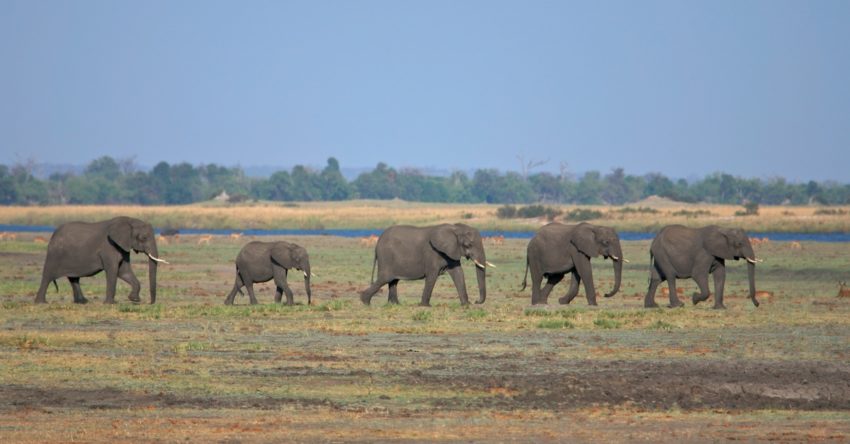
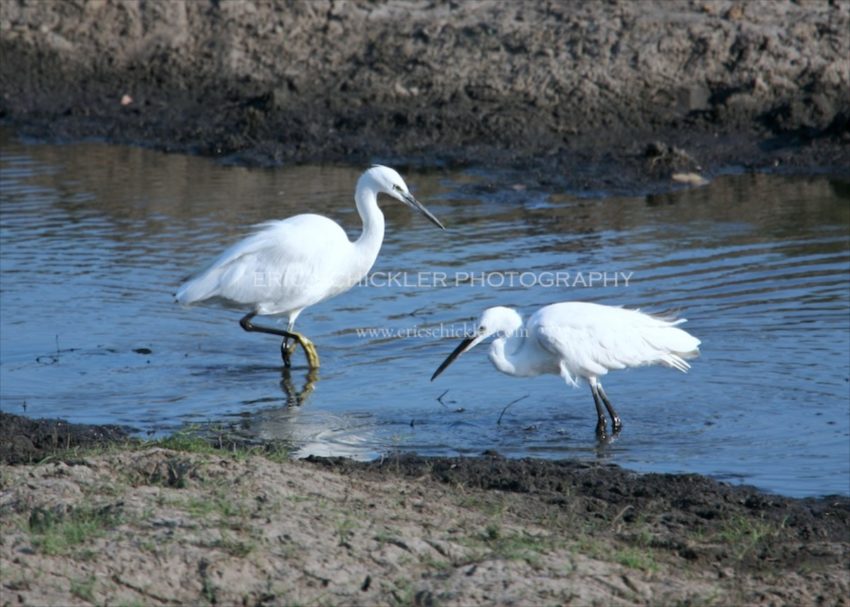
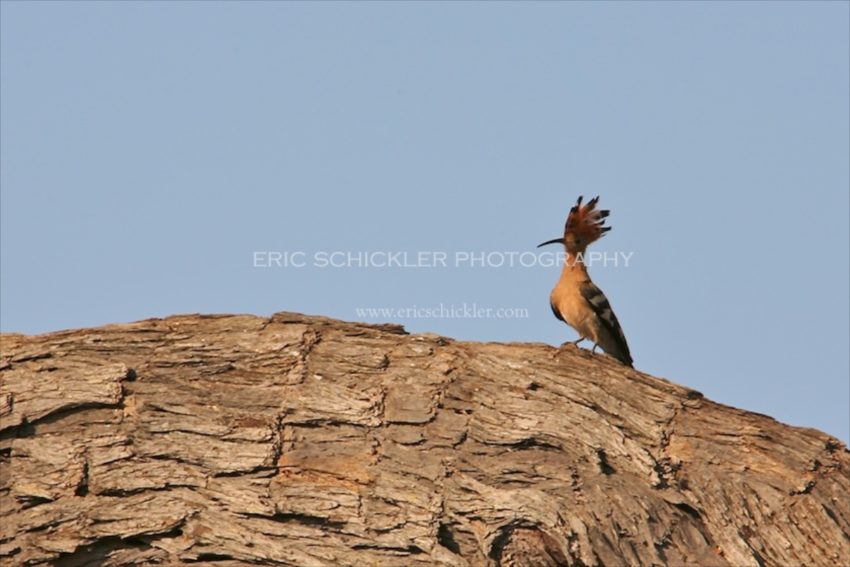
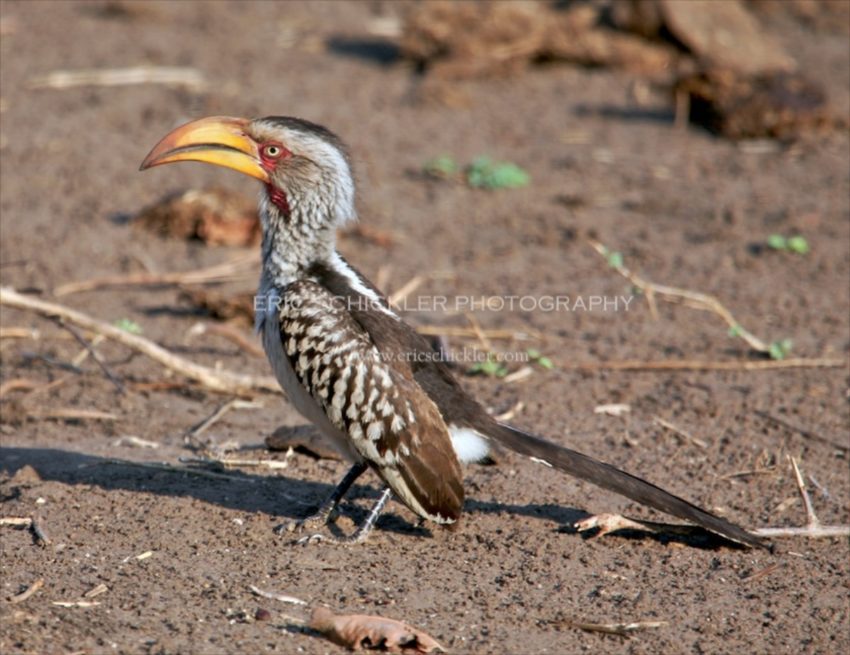
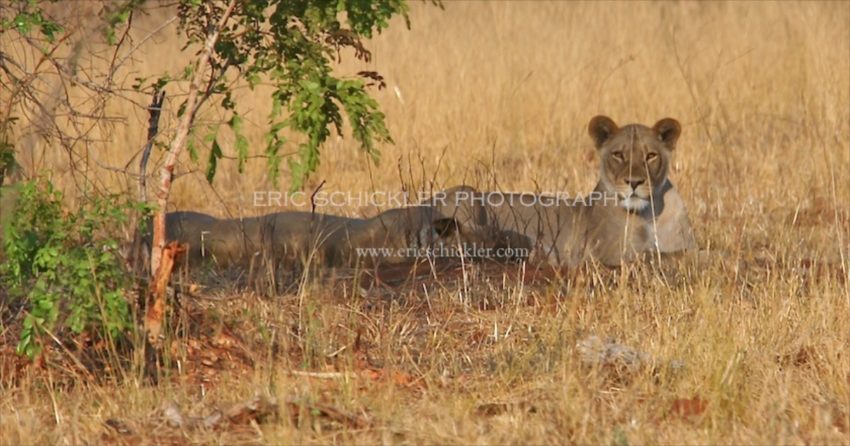
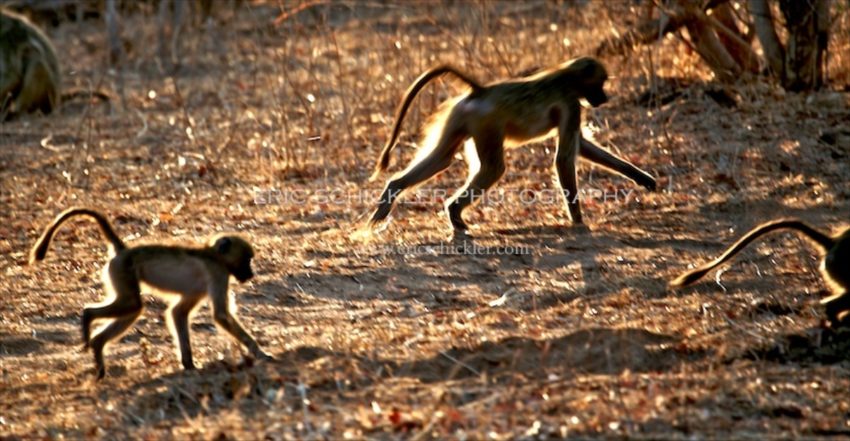
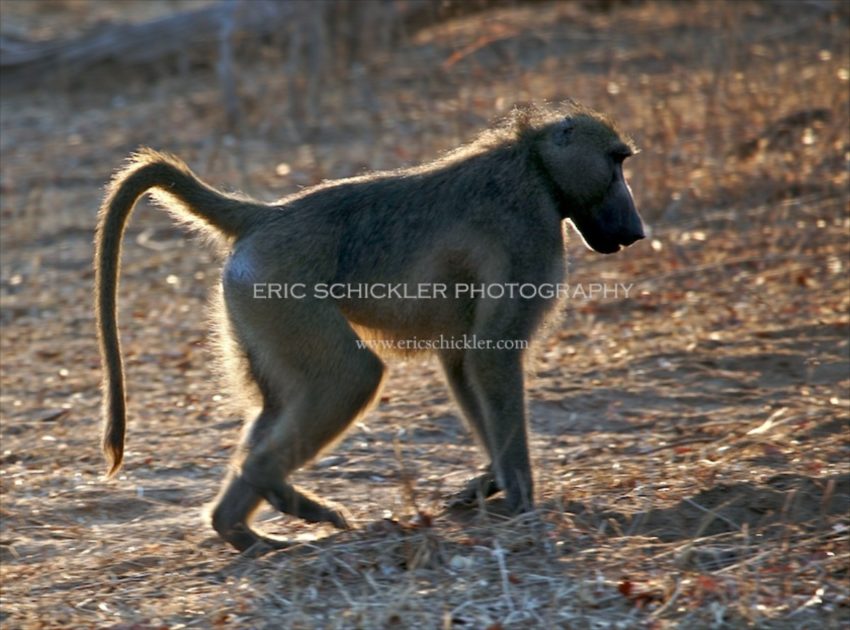

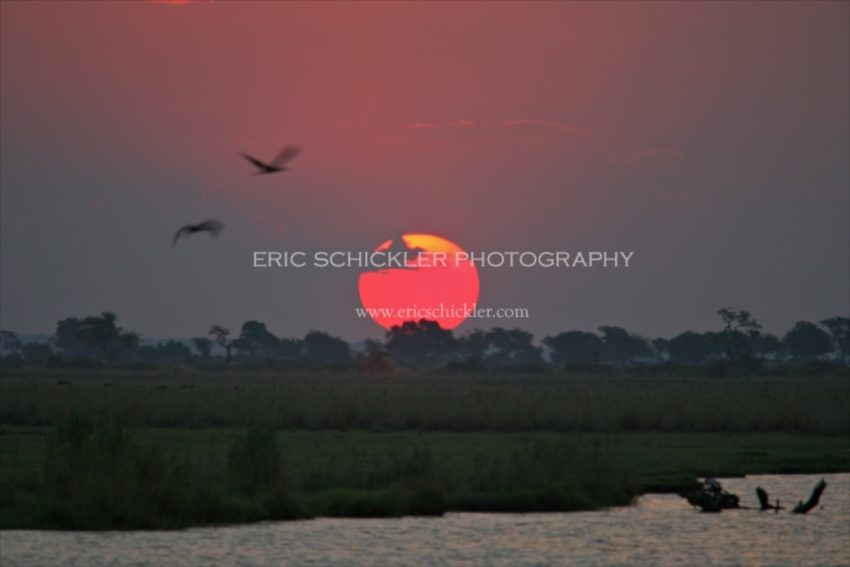

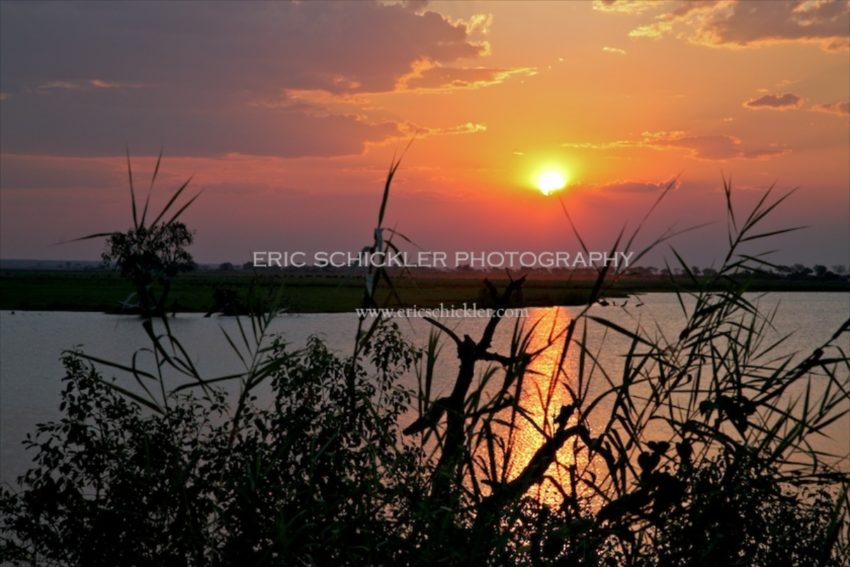
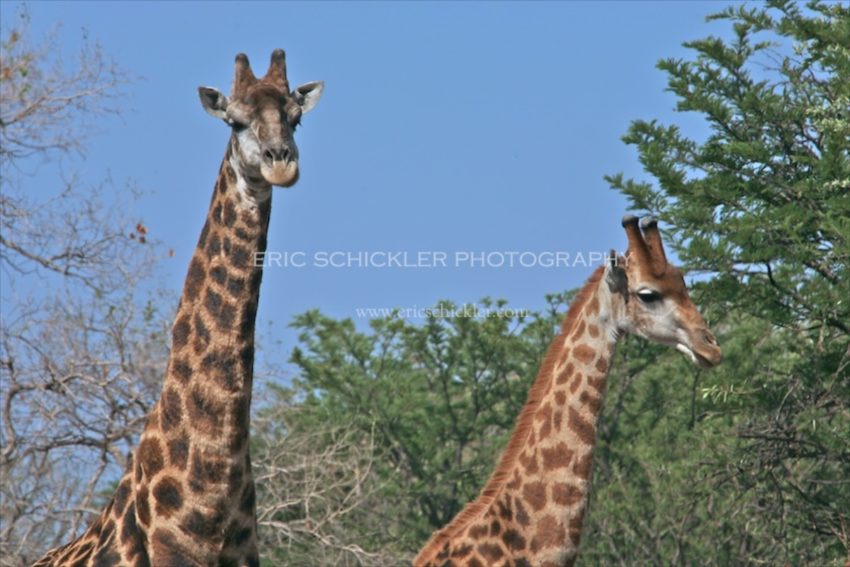
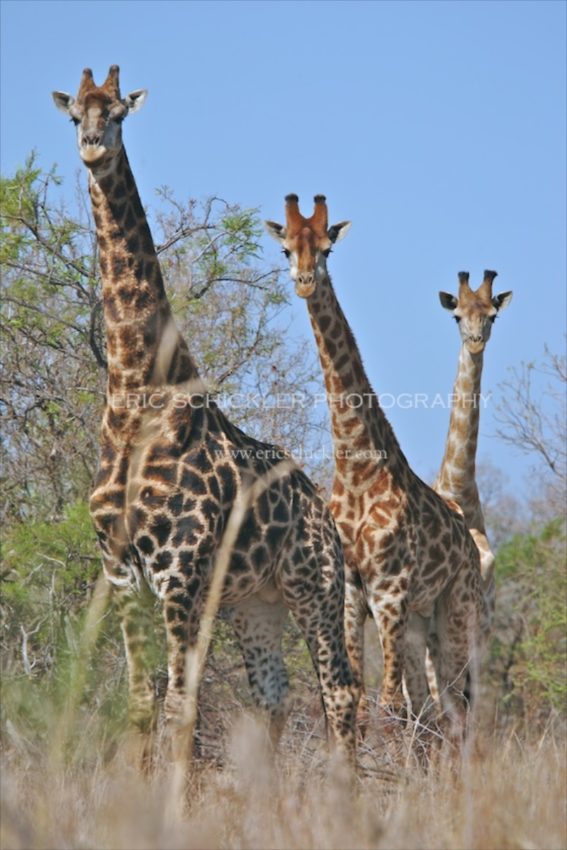
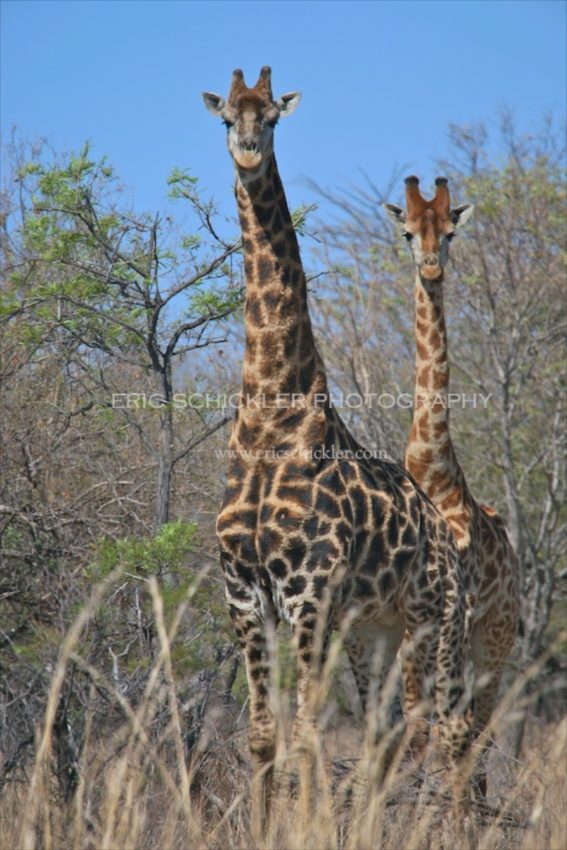
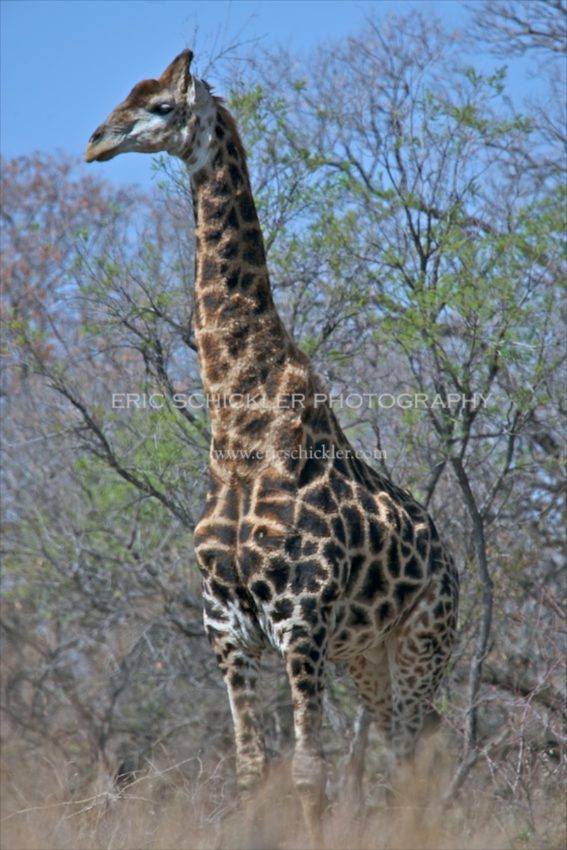
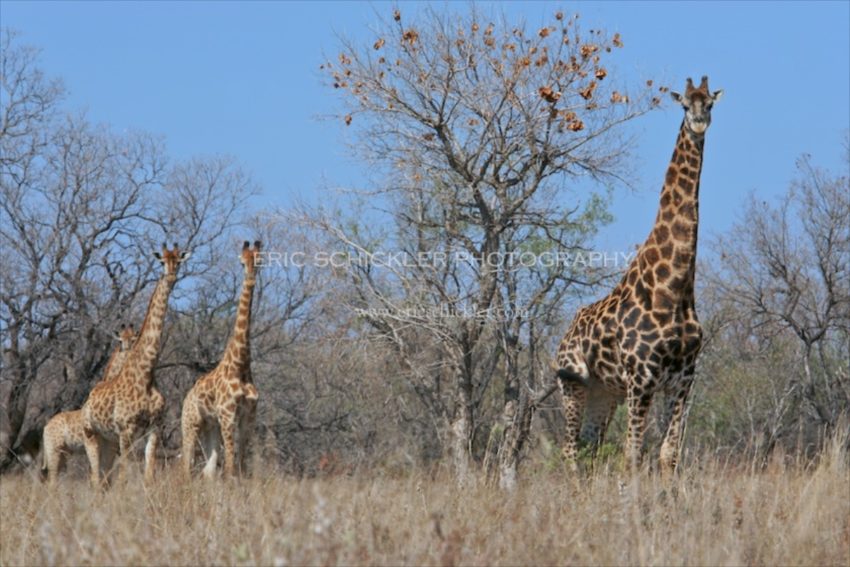
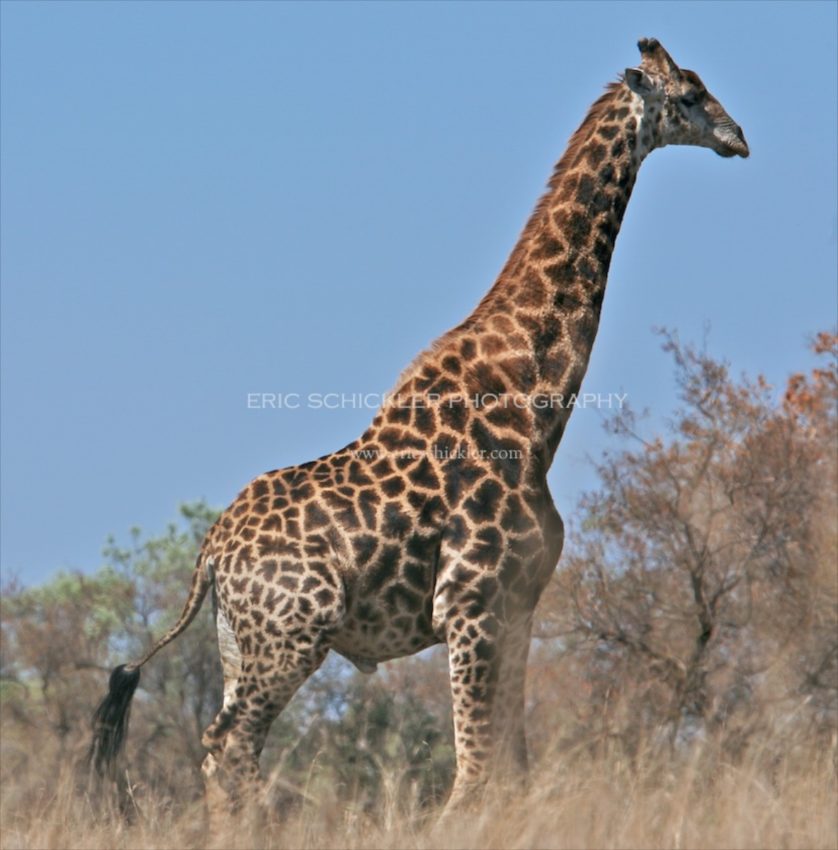
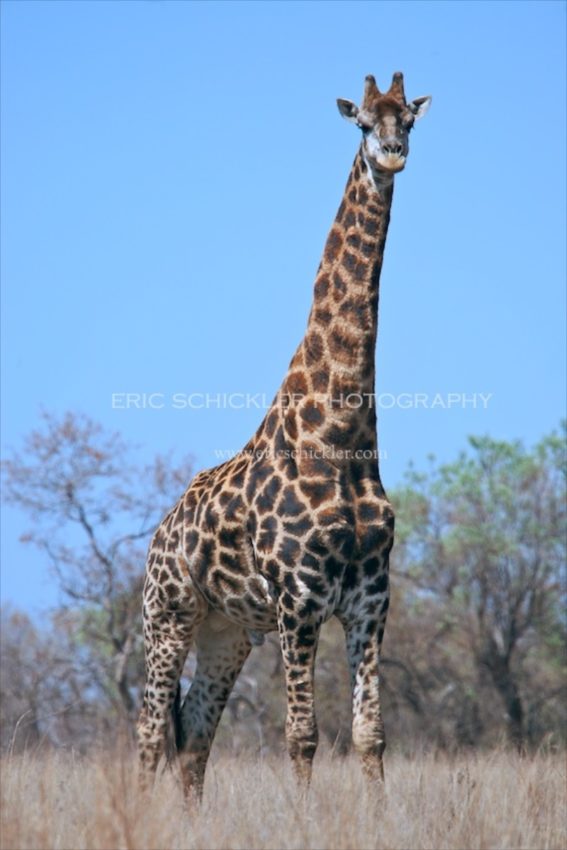
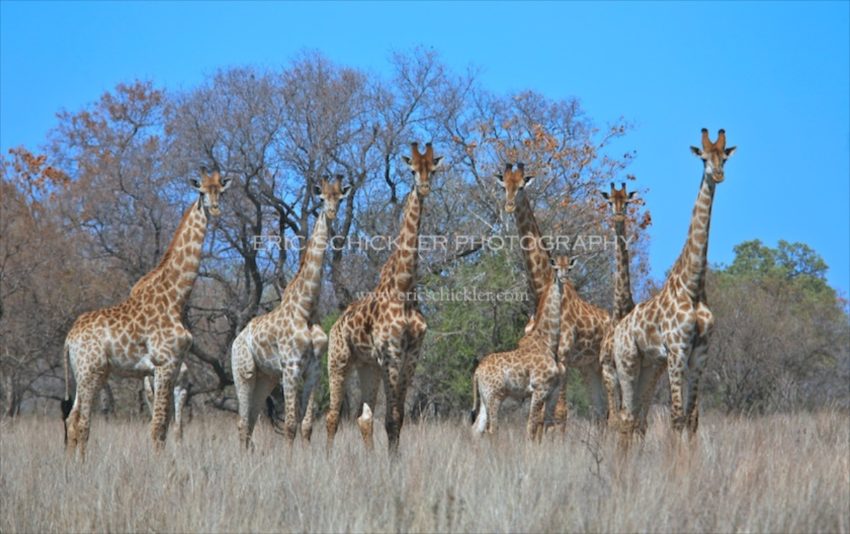
All photos, text and artwork included in this Web site are copyright-protected and the exclusive property of Eric Schickler Adventure Photographer. No downloading, use, reproduction, manipulation, sale and/or distribution permitted without express written consent.
© Eric Schickler Adventure Photographer
Related Links:
AFRICA: BOTSWANA & SOUTH AFRICA PART II
Bull Elephant Rampages Our Tent Camp
Most of us have never seen a moose up close. OK, so maybe you have—at a zoo. But have you ever seen a moose on the loose? You’d certainly remember if you did. They are HUGE animals.
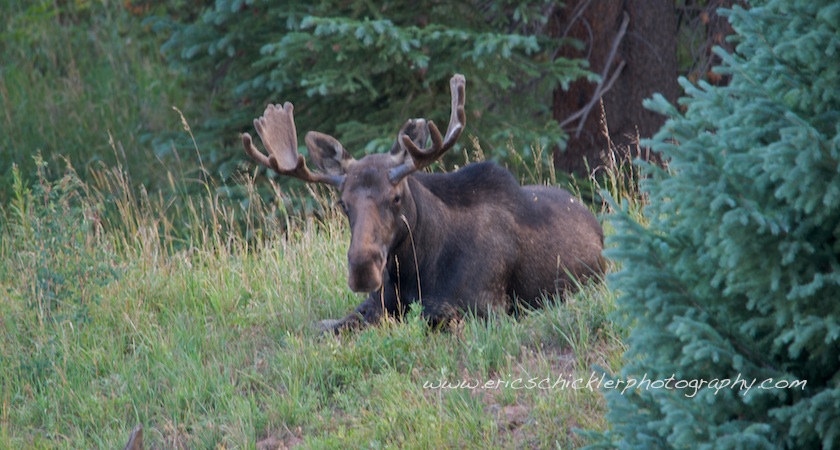
Steer clear if you encounter one, especially in the fall (during the “rut” or mating season) and in spring (the calving season). A simple rule: avoid pestering the ladies in the spring, and the men in the fall. They both have important business to tend to, and neither involves shopping or football.
Believe me, after an unfortunate run-in with a moose, nobody will quiz you at the hospital about the proper grammar or spelling, i.e. whether you were “hooved” or “hoofed” to near-death by this seven-foot-high ungulate. They’ll just advise you to keep your distance in the future. Moose won’t eat you like a grizzly might; they’re herbivores. But they can certainly put a dent in your infrastructure.
Safe to say, most of us Baby Boomers learned what a moose looks like on TV, watching “Bullwinkle & Rocky” and “Captain Kangaroo.” Here’s a video clip to bring you back….
Captain Kangaroo at the mercy of Mr. Moose:
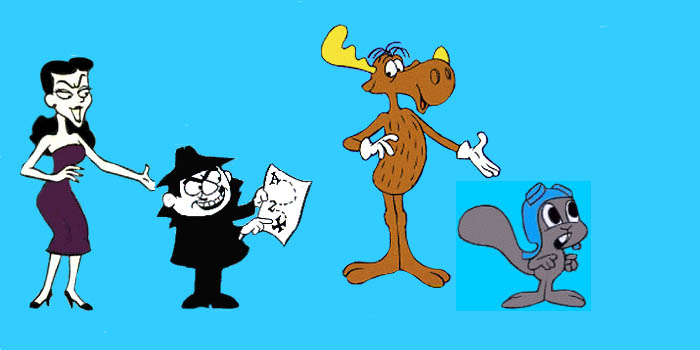

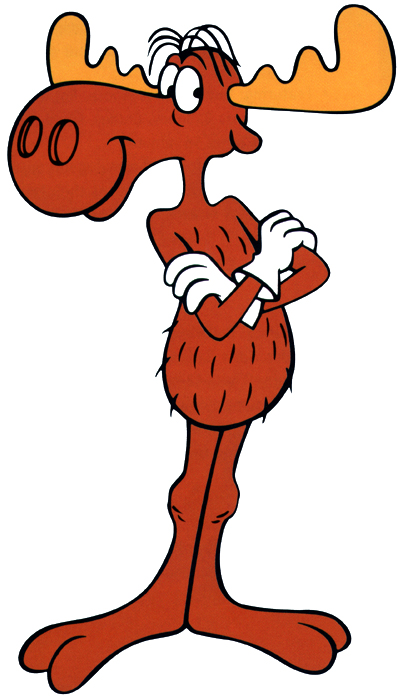
Moose are the largest members of the deer family, and command respect because of their enormous size, great speed and broad velvet antlers (on bulls). They have a dark brown coat, offset by white lower legs, a strong, distinctive scent (not pleasant), hooved feet, and a unique feature under their chins, a loose flap of skin called a dewlap. (I wonder … are they related to the turkey?)
One thing’s for certain– they will not remind you of Bambi, despite their inclusion in the deer family.
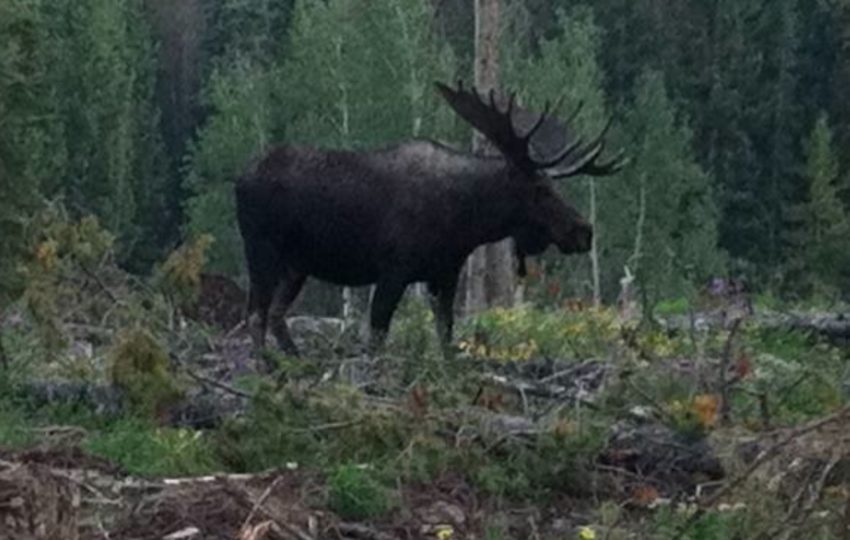
If you see more than one, don’t embarrass yourself in front of your local wildlife guide by proclaiming “Holy cow! Look. There’s a flock, I mean a gaggle, of meese over there.”
A horse is a horse, of course, of course, and a moose is a moose, you silly goose. But even a moose’s extended family is, uhhh, moose. All of them. Together.
I know, I know. It’s all very awkward and linguistically redundant. But you know that singular/plural animal thing. It’s as convoluted and confusing as Latin. But once you master it, you’ll be regarded as highly as Marlin Perkins and Jack Hanna, and get more dates with athletic, outdoorsy types.
My cousin Steve is a talented poet. He shared with me one of his catchy poems while I was visiting with him this summer. His house in situated in a densely wooded area in Rochester, N.Y. After sighting a slew of animals around his property, I asked him how I was to refer to a group of woodchucks. Several of them were playing in his yard. He pulled out the poem and rambled through a litany of strange words I had never heard. (And I grew up with animals.)
It was a delightful play on the singular and plural names of animals and animal groups. It was intriguing, whimsical, educational and confounding all at once. (His poem is available at the end of this blog post).
After reading his poem, you won’t confuse a flock of geese with a herd of moose. You’ll never shriek at the sight of a lone mouse in your house, but you might if you see its sisters and its brothers more than once, or twice, or thrice. In that case, it’s mice. You’ll never again say you saw a flock of gooses fly over some dark, furry mooses. Just read Steve’s poem once, and you’ll be the pride of your grade-school grammar teacher and you’ll have a new appreciation for irregular plurals.
———————
When I moved to Colorado at age 28, I soon started many back-country forays, to explore terrain, get a feel for my new environment and capture nature & landscape photos. It wasn’t long before I encountered my first moose. Singular, in this instance.
My dad was with me. This was appropriate and fortunate for me, as his foremost duty as a father was to protect his children from bodily harm. I think I reminded him of this calling as I jumped into his arms when I saw my very first monster moose. They weren’t lying — he was BIG! Even worse, he was loose, and he was very close. I felt like I had just seen my first dinosaur.
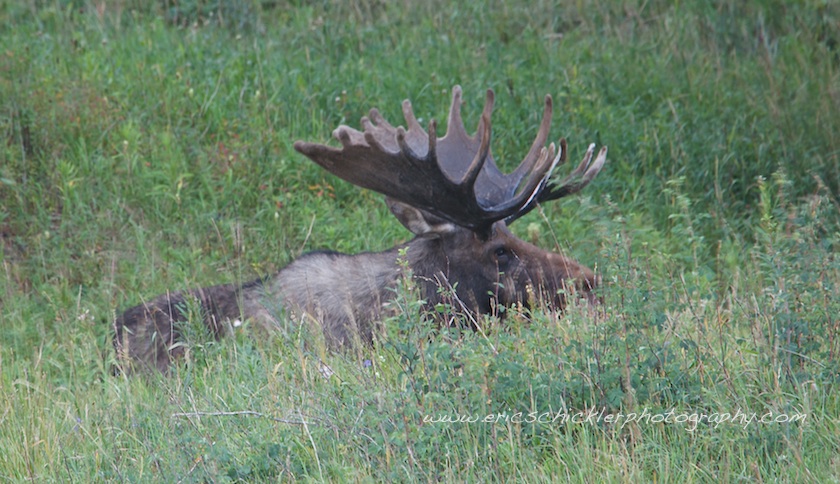
We were in the town of Gould, Colorado, in North Park. This was near where wildlife officials first introduced moose to Colorado in 1978. The few breeding pairs that ventured off into the wild that year, and several more pairs the following year, have now blossomed into a population approaching 2,000. Needless to say, Colorado suits them well and they are here to stay. Their proliferation is due to amenable habitats and the lack of predators.
After seeing the tall beast in the creek, and apologizing to my dad for acting like a wuss, I ventured into town to the local saloon, where I asked some burly locals about our state’s new inhabitants, while sipping some nerve-soothing whiskey. That’s when I learned about the wildlife transplant program.
The moose have indeed propagated and migrated around the state. I started seeing them near Vail in the past decade or so. I recall a very unusual photo in the Vail Daily in the early 90s. It showed a moose strolling around the Lionshead parking structure, lost, trapped in a maze of cars and concrete, ramps and stairways. The poor thing. What a bad dream. I know how much I hate parking garages, so imagine this bull’s dismay? The image was so surreal, so bizarre, I expected to see ping-pong balls all over the pavement.
Since then I have seen moose a few times while camping in the Upper Piney River Basin. One memorable sighting was on a chilly, clear morning, as the sun broke over the jagged Gore Range and reflected across a large pond in a marshy area near the river. It pays to get out of the tent early — that’s when you see magical things in nature. Photographers know this. And sure enough, that was the case on this September morning.
Off in the distance, on the edge of the pond, I saw three moose wading knee-high in the water, munching on the weeds and reeds in the golden morning light. It was a wonderful sight. I didn’t have my camera (major faux-pas), but I did have binoculars. I still recall the shimmering drops of water dripping from their dewlaps.
———————
In August 2011, my brother and I hiked down to a river connecting Shadow Mountain Lake and Lake Granby in Grand County. He was looking for a spot to fly fish. As we passed through a parking area, a man emerged from the willows, and startled us with his sudden and unusual appearance.
The guy was wearing fishing waders and sporting other fishing apparel and gear, but you could barely tell. He was frantic, exhausted, beside himself and quite flustered. Most of all, he was covered with mud from head to rubber-covered toe.
“Are you OK,?” we asked, as he headed toward his truck.
“Oh, yeah. I’m fine, I guess. A little worn out.”
My brother was giggling under his breath and smirking.
I couldn’t resist: “And a little muddied up, eh? That must have been one BIG fish out there, wherever you just came from.”
“Oh… no… had nothing to do with any fish,” he explained. “I just ran, stumbled, fell, slithered in, slopped around in, ran through and fell again into a few muddy areas along the river. It felt like Basic Training in the military all over again.”
“I guess that’s great exercise, but I try never to do such a thing while fishing. It shakes up my beer,” quipped my smart-ass brother.
“Ha. Ha,” said the man. “You’d do it if you saw a moose as big as I just saw coming full-bore at you along the river’s edge. I’m lucky mud is the only thing I have all over me. I’ve never run so fast in my life.”
“Oh,” said my brother. “My apologies. Forget the beer joke. In fact, nobody deserves one more than you do, my friend. Here’s a cold one. Good to see you in one piece. Oh…by the way, how’s the fishing back in there?”
———————
After moving back to Vail recently, I quickly learned that the moose make regular cameo appearances in the area, even in town. A Vail Daily photo showed two moose calves trotting down a paved road in Lionshead, right past the police station! No tickets were issued and they escaped back into the woods.
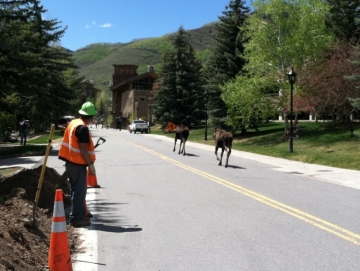
I spotted these calves the day before, while driving at dusk on the dirt road on Vail Mountain.
They were scruffy-furred, clumsy, playful and entertaining–vastly different from their adult counterparts, who tend to be all-business. These youngsters reminded me of our poster-boy for moose, Captain Kangaroo’s “Mr. Moose” — fuzzy, funny, and relatively harmless (except for the ping-pong balls.)
The photos on this blog post were shot in August, as my friend Karen and I approached a favorite camping spot near 10,500 feet in the White River National Forest, north of Vail. These two big boys were waiting for us, and took up evening residence within 50 yards of our tent site. Karen didn’t plan on partying with neighbors like these.
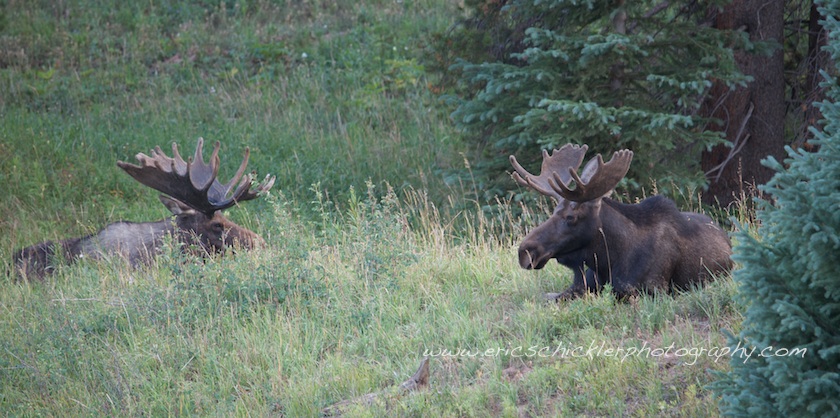
I had just enough time before darkness fell to grab my tripod, position myself safely on a slope above them, and get these images.
We saw one of them the next evening near the same location, as we drove back to camp after a peaceful hike along Piney Lake in late afternoon. Earlier, as we followed the lake-shore trail toward Piney River Ranch, we heard a rustling behind and above us on the slope. The sound abruptly ceased, and we spied two moose–a mother and her calf–in a frozen standstill, staring intently at us. Funny…we were in the same deadpan, motionless position. All parties were in a state of surprise at the unplanned encounter. But after a few more seconds, they determined that we were not a threat, and trotted down the hill to the lake to eat.
Karen and I sat down on the grass and were treated to a delightful 20-minute nature movie, starring mamma moose and her young calf feeding on the vegetation in the lake. The little one was watching her mother intently, following her every move, staying close for protection, and trying her best to learn the tricks of the moose trade. The golden sun cast a sensational light on them — their dark brown coats gleaming against the variations of green in the weeds, willow bushes, water and trees.
They could have cared less about us. It’s obvious these large animals are getting use to people. Just like the elk. I regularly had multiple elk grazing and resting just feet from my deck in Evergreen, Colorado. (See my blogs on “elk.”)
Since moving to Colorado, I have seen more elk than I ever wished for. Their numbers are growing exponentially, also because of the lack of predators. They are a nuisance in many areas, causing a number of problems. So moose have provided me a welcomed diversion. For a few more years anyway, they will be a pleasant, unusual surprise in the wildlife-encounter experience.

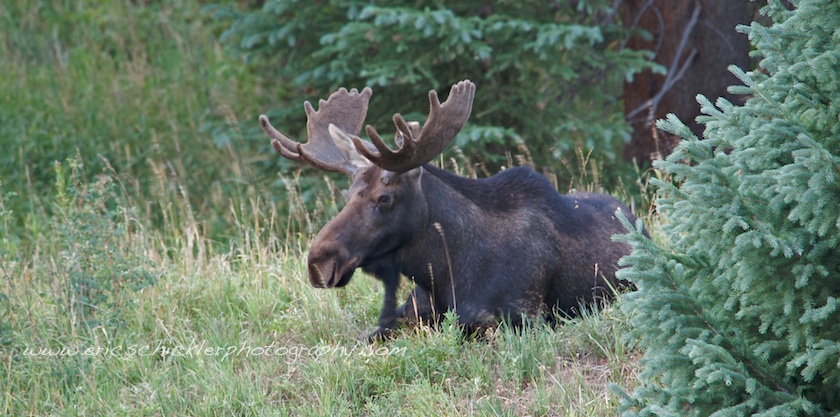
Many Colorado folks worry the same thing will happen to the moose as has happened to the elk. Fast-growing populations and negative impacts. Balanced ecosystems depend on the presence of all players. The lack of grizzly bears and wolves in Colorado means these hooved animals have a command of the land. Hunters are their only threat.
Moose are an intriguing addition to the wildlife landscape here. They represent yet another reason to keep looking over your shoulder when you wander in the national forest. If only I can get past my ingrained tendency to wince, cringe and cower while I wait for the falling ping-pong balls.

Here’s to Bob Keeshan!
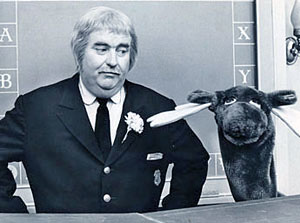
_______________
Collective Chain by Stephen Schickler "That's an exaltation of starlings" was my remark. She googled collectives found chatterings and murmurations for this volery in the park. but exaltation is an ascencion of larks! "sorry, not starlings my darling." A fall of woodcocks and peckers descent! Kittens are a litter, a kindle, a kendle of cats they grow to become a glaring, nuisance, a clowder a clutter a pounce, dout, destruction to a plague of rats! a mischief, swarm, colony, horde or pack that often become a picnic, a snack....to an aerie, cast, kettle of hawks on attack. The fields are full of dissimulations of birds like crocs in congregation. An unkindness of ravens might bite off one's nose. like a storytelling, or murder of crows. I wonder..how many bobolinks are in a chain? What charms of finches do in the rain? Do they covey like grouse or just brood like chickens, Sounder of boar or form flights like pigeons? When flushed... a bouquet is all pheasant and to a nye on the ground... under glass is unpleasant. The swans are a wedge as they fly in a "V" but smack of jelly fish float in the sea. Does it take a siege of herons to catch a glint of goldfish? Is a prickle of hedgehogs a lead of foxes dinner dish? A warren, leash a husk, down, trace a trip of hares and a shrewdness of apes. Common are the herd of antelope, deer, horses and llamas too maybe even chinchillas and mobs of emus. But what are the chances? that a sowse of lions...like a pride.. not on booze. catches and downs an implausibility of gnus???? hmmmm pretty good. Enriched by Traci In the hills of Cortland County. Quick, left and lean, and so sweet to me. ____________________________________ All photos and artwork included in this Web site, unless specified differently, are copyright-protected and the exclusive property of Eric Schickler Adventure Photographer. No downloading, use, reproduction, manipulation, sale and/or distribution permitted without express written consent. © Eric Schickler Adventure Photographer
Leave it up to my mom. She’s nearly 80, and still seeks out hiking destinations like a high- schooler who just got out for the summer. And she acts the same way when she gets there. I always have admired her spunk.
For a few months, she’d been telling me about a fascinating place east of her hometown of Colorado Springs called The Paint Mines. Of course, she’s been there and done that already. I was late to the party, again.
She knows I’m always looking for different places and things to photograph, and knew I’d enjoy the hiking and scenery, even if I didn’t have my camera.
The day after our family’s Thanksgiving gathering was the perfect day to take her up on the offer. The stars were in alignment: I was already in Colorado Springs, I had my camera, my Dad was serving as our valet, it was a sunny, warm and dry morning, and I needed to work off several thousand calories from last night’s turkey feast.
After a half-hour drive into the eastern Colorado plains, our adventure started out as an uneventful stroll on what appeared to be someone’s dull, sprawling ranch land. This would be perfect—if I were a prairie dog, or a tumbleweed. What could be of much interest way out here?
Well, okay. They say there are pronghorn antelope, mule deer, hawks, falcons, foxes, coyotes, lizards, even an occasional mountain lion. Maybe now I’m interested. I do see some pronghorn tracks.
There are also plenty of wildflowers and thrilling natural grasses! And hey, if you like flowering yucca, this is your Mecca! You lost me again. Big whoop. Let’s turn around, get out of here, and hit that Air Force-Army game at the Academy.
But wait…there’s got to be more out here if it’s been turned into an interpretive park. And they do have modern restrooms. That’s a really good sign.
So, trusting my mom’s recommendations on all things scenic and natural, I commenced to hiking, with camera gear in tow.
After a very pleasing mile-long stroll, over a few gentle hills, we descended into a swell surrounded by cliffs, rounded a bend, and suddenly came upon a vastly different landscape. And a cast of characters the likes of which I have never seen etched in the earth. Goblins, dinosaurs, bobble head dolls, serpents, reptiles, mushrooms, buildings, dwellings, and–Gasp! Shield your eyes, mother!–male and female you-know-what organs. All around them were colorful mazes, labyrinths, monoliths, gulches, outcrops, ridges.
All these formations of multicolored sediments appeared in large eroded shoulders on the hills and cliff sides. Trails and promontories offered wide-angle and close-up views of geological treasures that looked like they could be the dental profile of various monsters. Huge discolored and pearly white molars, central incisors, even bicuspids!
You can follow narrow, semi-hidden passageways through the rock. Play hide and seek. Get lost.
I felt like a kid again, in some fantasy playground. Maybe this was the prehistoric prototype for the Ronald McDonald playhouse. I’ve never been to Disney World, and I don’t hold a grudge against my folks for denying me that right of passage as a boy. No, this seemed like the preferred destination resort for me. No commercialism, no admission fee, no expensive vendors, no lines, no crowds. And no noise. My mom knows how to pick ’em. Mickey and Minnie can have their grand time down there in Orlando.
I’m whirling about in a sea of colors, patterns, curves, abstract alignments and juxtapositions, shadows, nooks, crannies and diverse textures. There’s sandstone, jasper, oxidized iron-infused clays, and soft, fine-grain sand lying on the trails.
The Paint Mines is a geological jewel recently designated as an 750-acre park by the El Paso County (Colorado) Parks & Leisure Services. The surreal, almost alien-like formations constitute about 30 acres of the serene, wide open park.
As visitors stroll along its 4.5 miles of sunny, scenic trails, they can take in views of the distant hills, farms, plains and the extensive band of woods known as the Black Forest back to the east.
My eyes were bugging out with the rich photo opportunities. It’s the stuff I most love to photograph. Your imagination runs wild while framing shots and afterwards, when you view the finished photos.
As is often the case when I get lost in my photography, I felt bad that I was now pretty much ignoring my folks and sister, and missing the opportunity to spend quality time with them, which is always limited. But they know me well, and know this is my irresistible passion. Besides, I told them if the mountain lion shows up and gets me, they get to keep the photos, and the camera.
I vowed to return soon, probably by myself, to shoot for many more hours, with more equipment, in different light, seasons and weather.
As a photographer who revels in nature’s abstracts, patterns and light variations, on this first visit I was immersed by an aura of fantasy, intrigue and wonder. In addition to the visual delights, it’s just a magical place to be. Quiet, detached, and simple. But powerful in its telescopic probe into earth’s past.
This unique geology, possibly one of only four such areas in all of Colorado, has attracted visitors for 9,000 years. The colorful clays were used by Paleoindians, and later American Indian tribes, to make pottery, tools and ceremonial paints (ergo the name of the site). Indians also liked the area for its unique hunting opportunities, due to its overlooks, and ideal landscape for cornering and isolating bison.
European-Americans of the 1800s used the clay to make bricks. Petrified wood was common in the area, and was used for making tools and artifacts. The land was privately owned for decades, and ranchers more recently used it for livestock grazing and agriculture.
The rock sediment is known as The Dawson Arkose Formation, born 55 million years ago. Arkose is a coarse-grained sandstone that is at least 25 percent feldspar.
The Paint Mines feature white sandstone of uplifted and subsequently eroded Pikes Peak Granite. The formation’s stone and selenite clay layers have been weathered by wind and rain to produce the badlands, crevices, breaks, caves, carved stone walls, hallways, gullies and hoodoos (intriguing stone and clay spires).
Mr. Dawson was an early homesteader on West Plum Creek (not too far northwest of the Paint Mines). An easily recognizable landmark along Colorado’s I-25 corridor is Dawson Butte, a 7,476 foot mountain that served as a location scouting position for Stephen Long’s 1920 western expedition. It is south of western Castle Rock and north of Larkspur and Perry Park. Dawson came to the area in the early 1860’s and established squatters rights below the butte.
The same type of rock found at The Paint Mines is seen on the exposed white bluffs of Dawson Butte and other plateaus in that area.
Dawson Butte – southwest of Castle Rock.
Hidden away like lost memorabilia and historic artifacts in grandma’s attic, The Paint Mines, a collection of exposed recesses in the high, open, rolling plains, is easy to get to and well worth a half-day field trip. And that’s all I thought it was going to be–a boring walk in a field. Was I wrong. Mom knows best. Always listen to mom.
The county’s park staff ask that your respect and protect this rare geological museum. Don’t crawl or walk on the delicate formations. That was the last thing I would do. It would be akin to trampling on the graves of ancient ancestors.
If you find an ancient artifact, arrowhead or piece of Indian pottery, don’t take it from the park. Add it to the archive of historical artifacts being assembled by the park staff.
It is a park to enjoy in all four seasons. May and June are especially rewarding times to visit, as the springtime wildflowers add even more color to the landscape.
The Paint Mines Interpretive Park is located SE of Calhan, Colorado, at an elevation of 6,700 feet. Overnight camping, horses, dogs, bikes and motorized vehicles are not allowed.
See an aerial video view of The Paint Mines, courtesy of Jack Burt and Jim Holloman (April 2007) — Paint Mines, Aerial Flight 04/09/2011
http://www.youtube.com/watch?v=h-G6GelKXws&feature=share
_________________________________________
© Eric Schickler Photography, Communication & Design
All photography, text and artwork seen here (unless otherwise noted) is copyright-protected and the exclusive property of Eric Schickler Photography, Communication & Design. No downloading, use, reproduction, manipulation, sale and/or distribution permitted without express written consent.